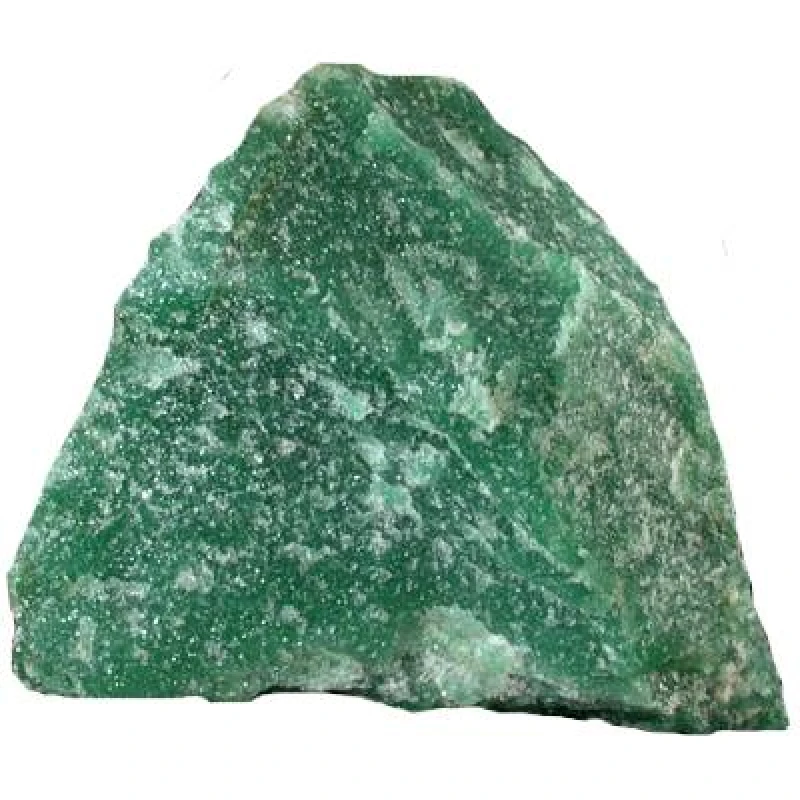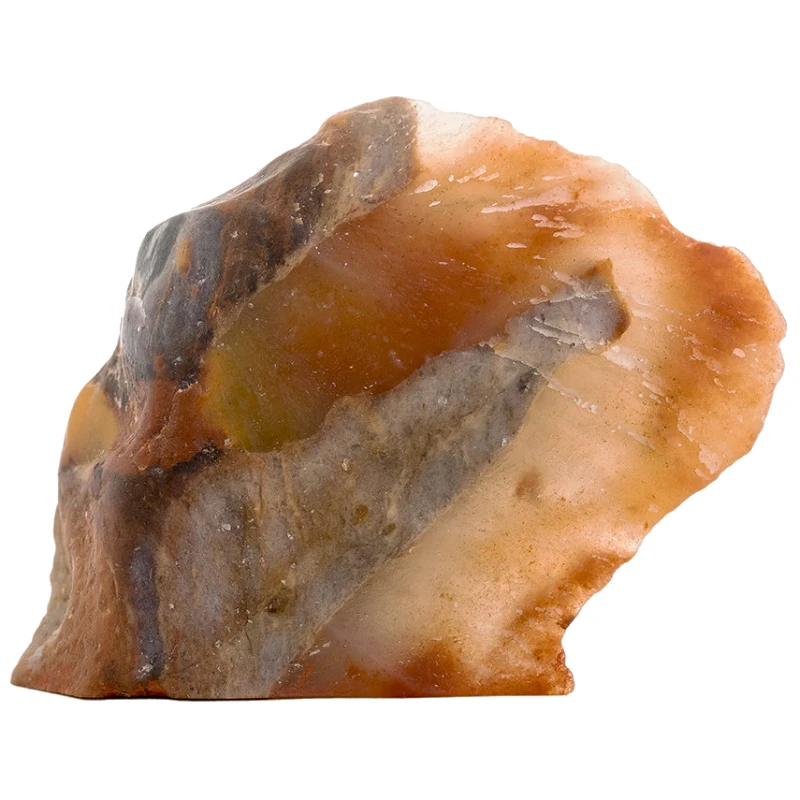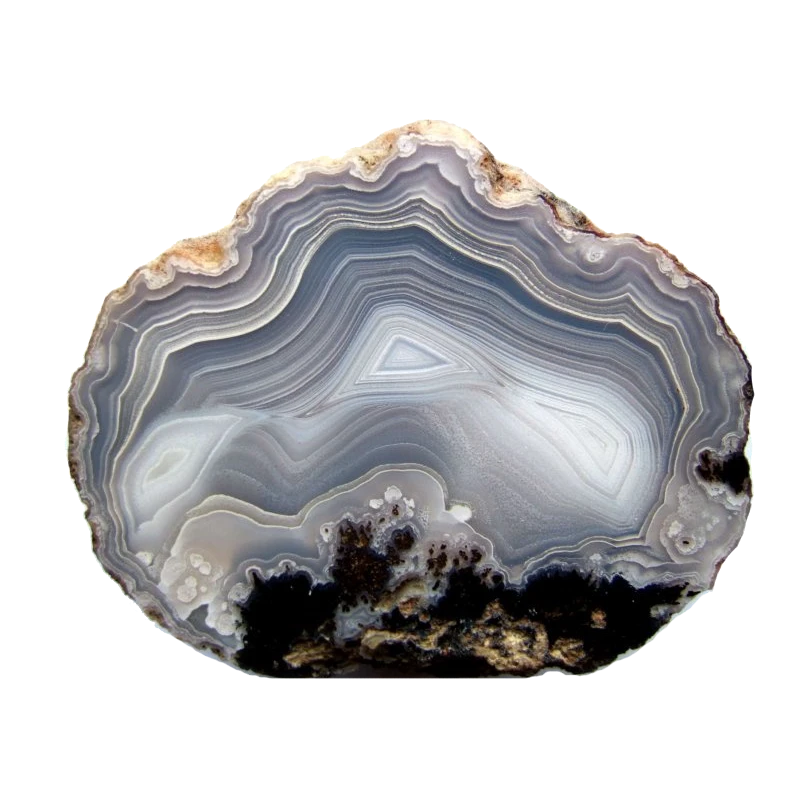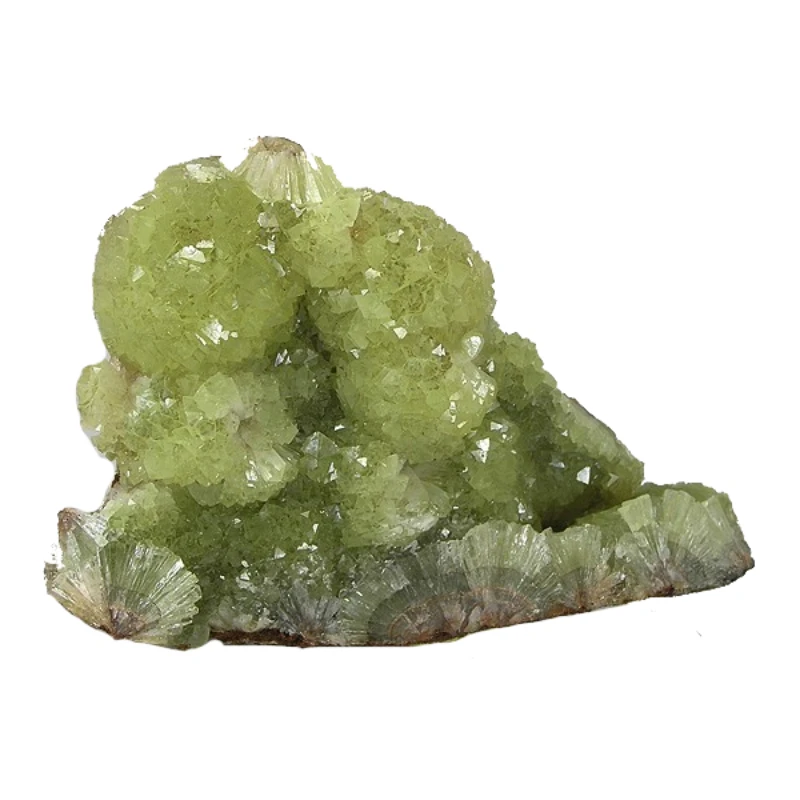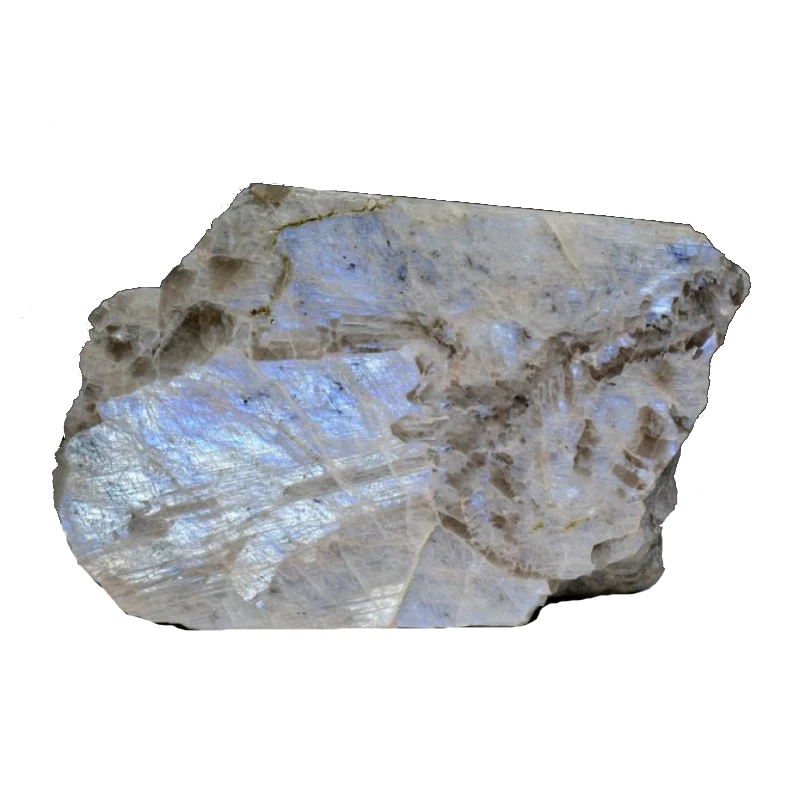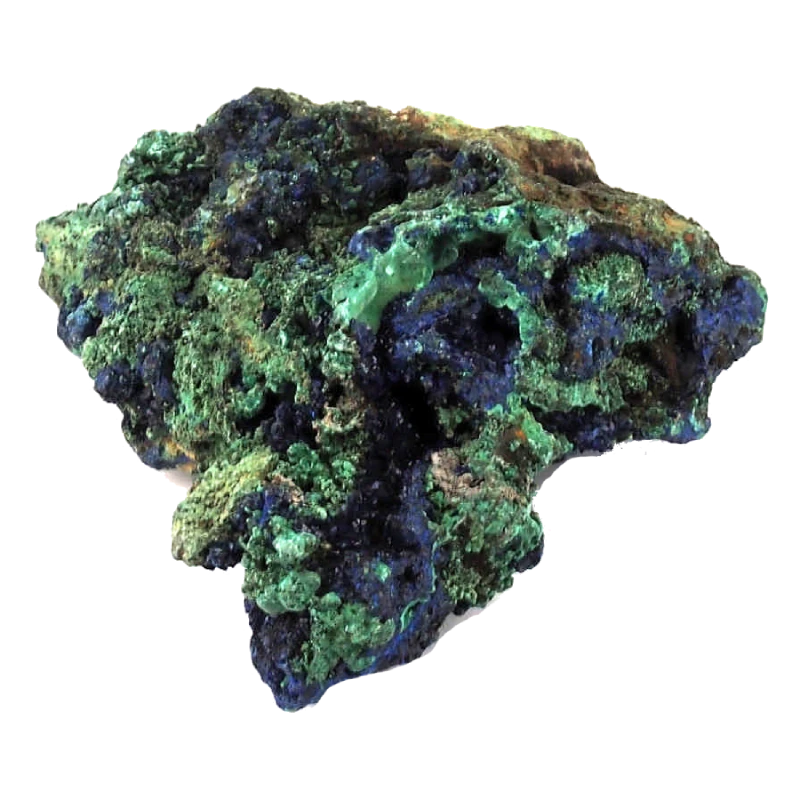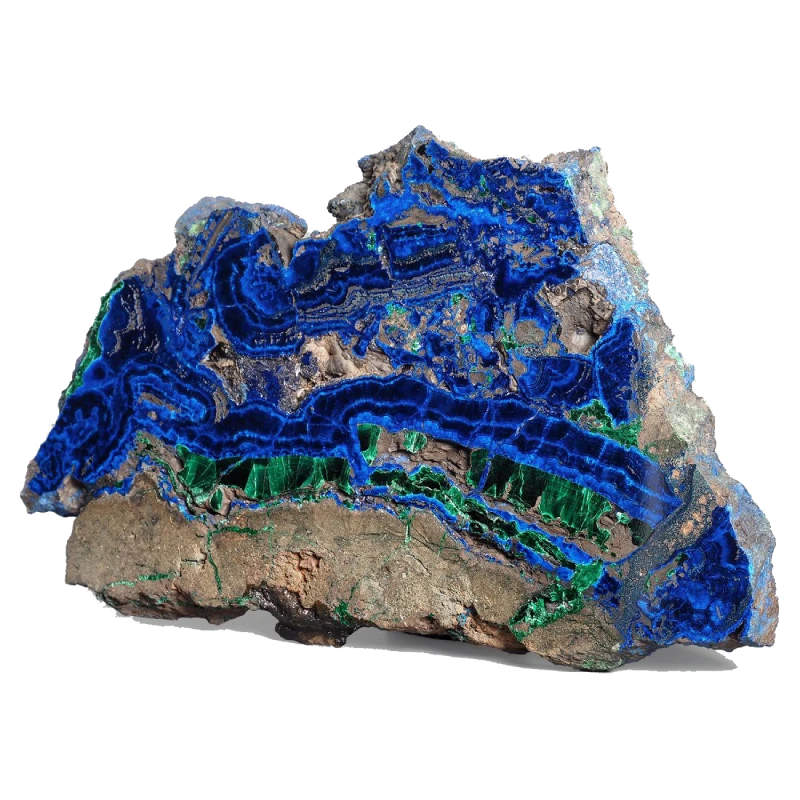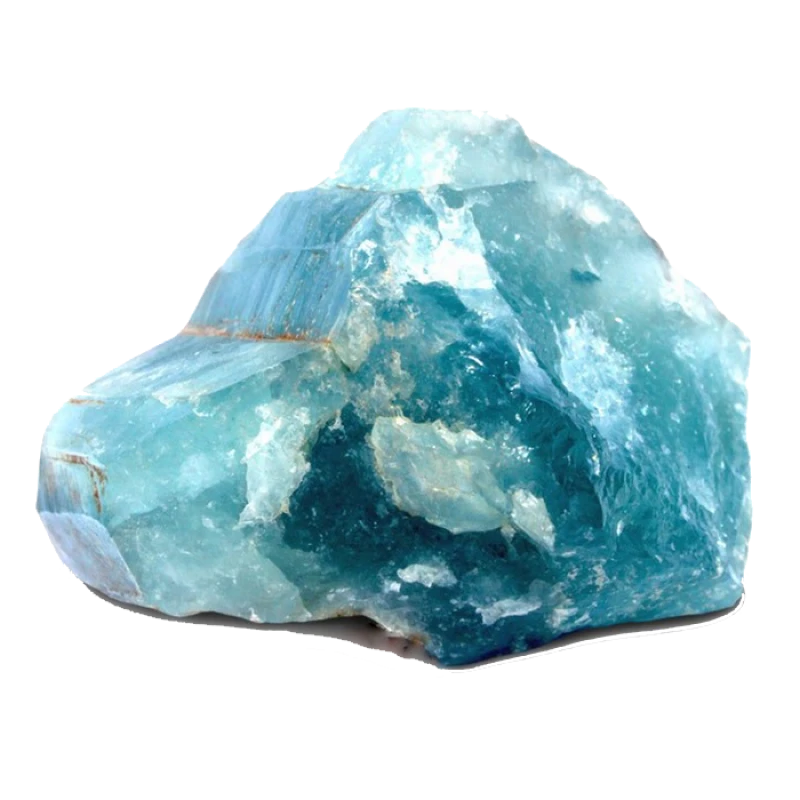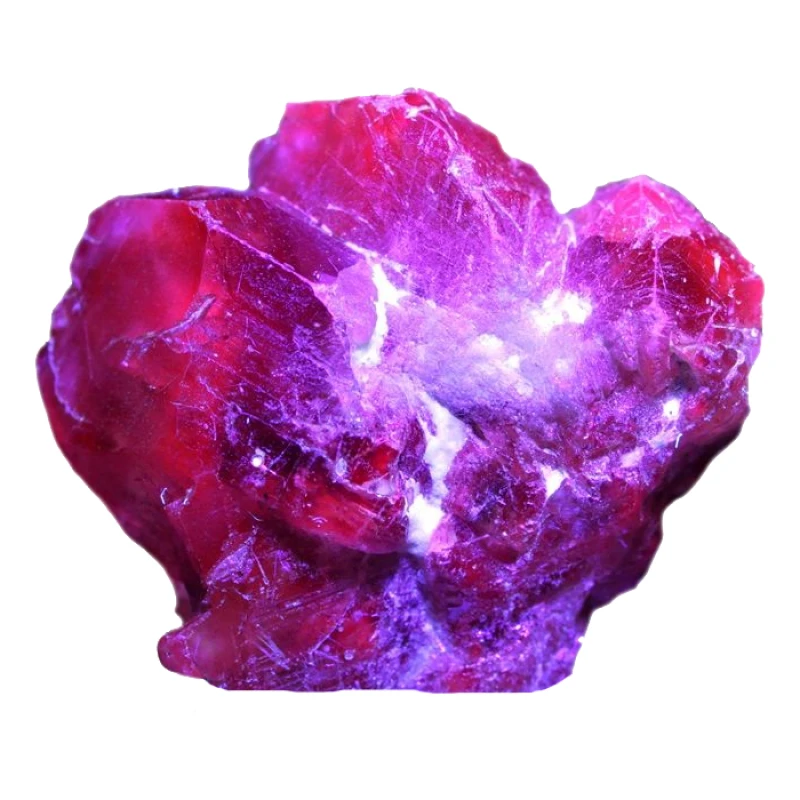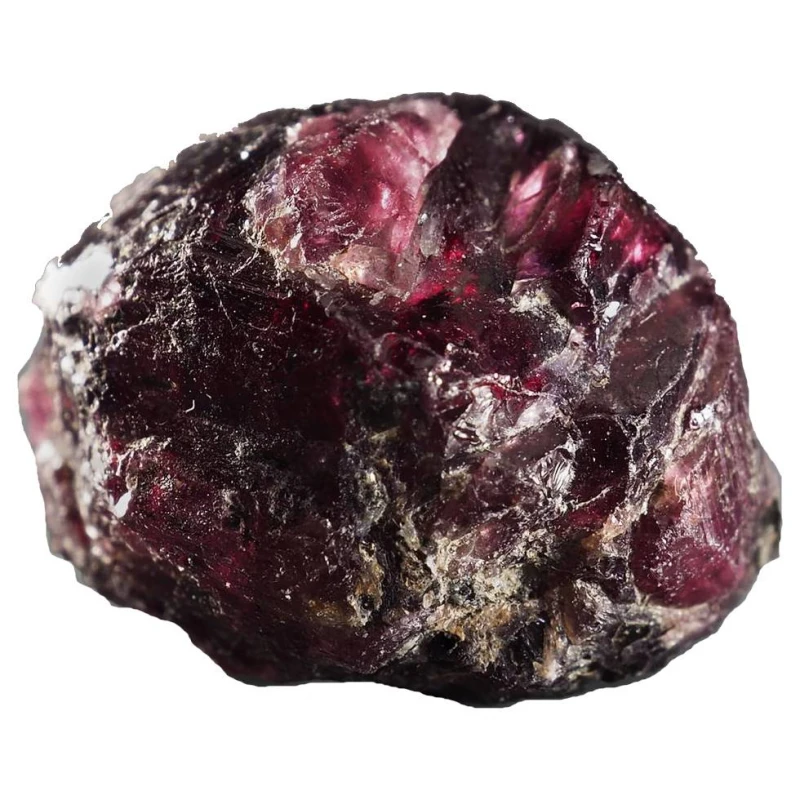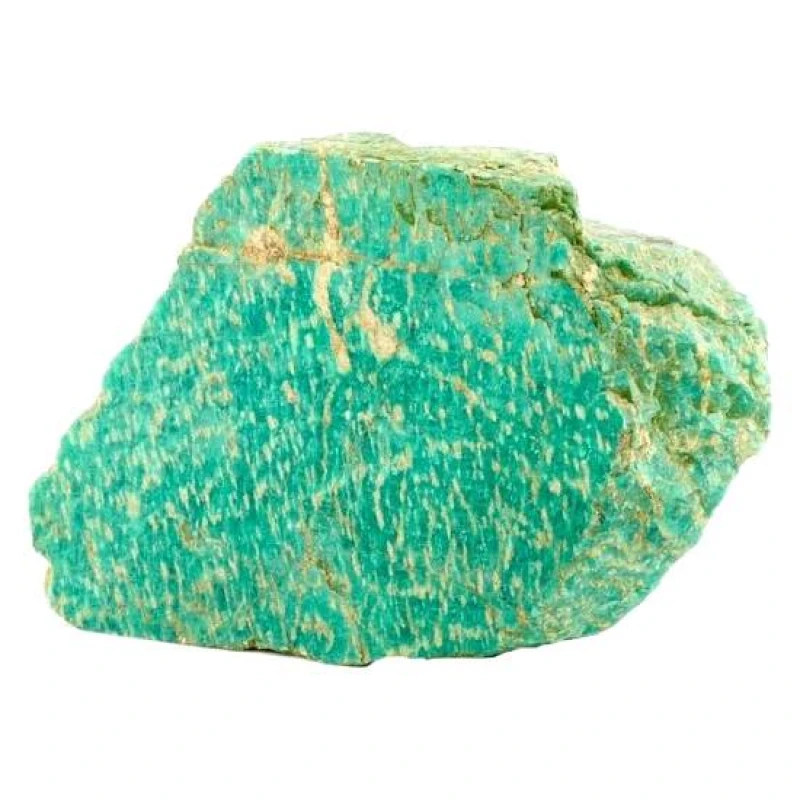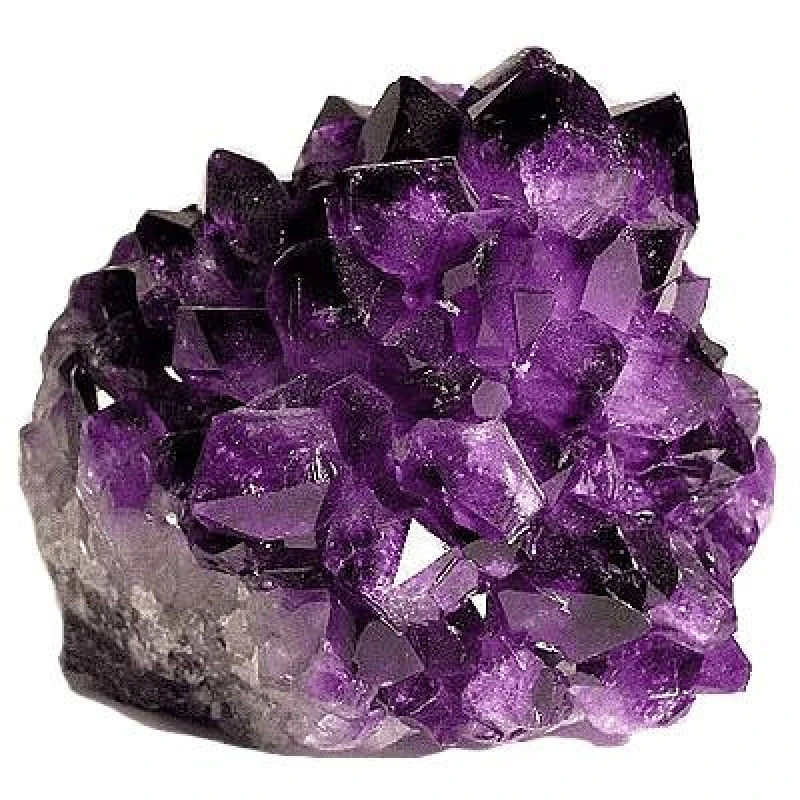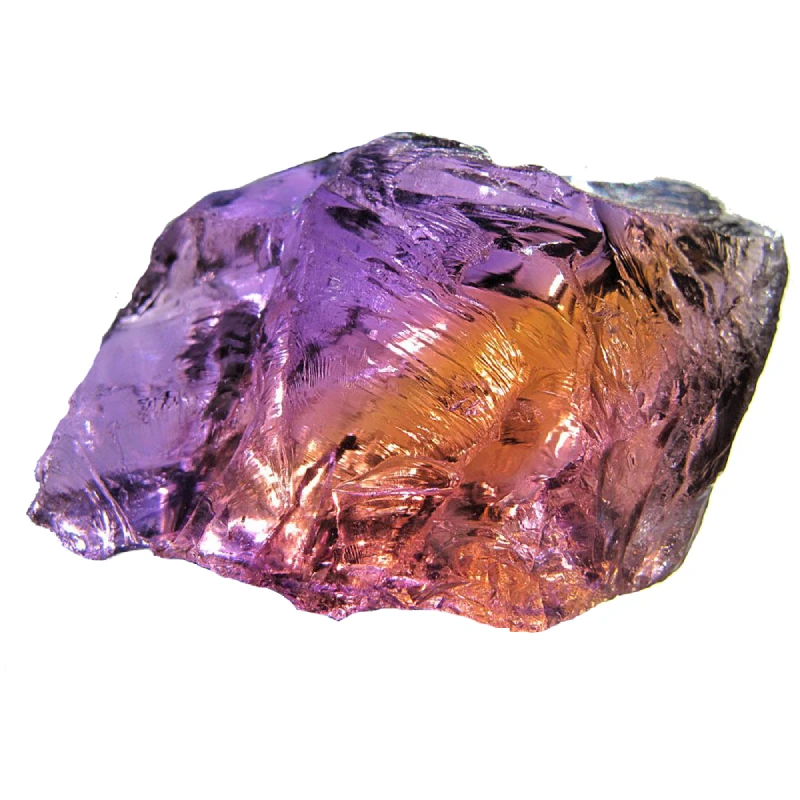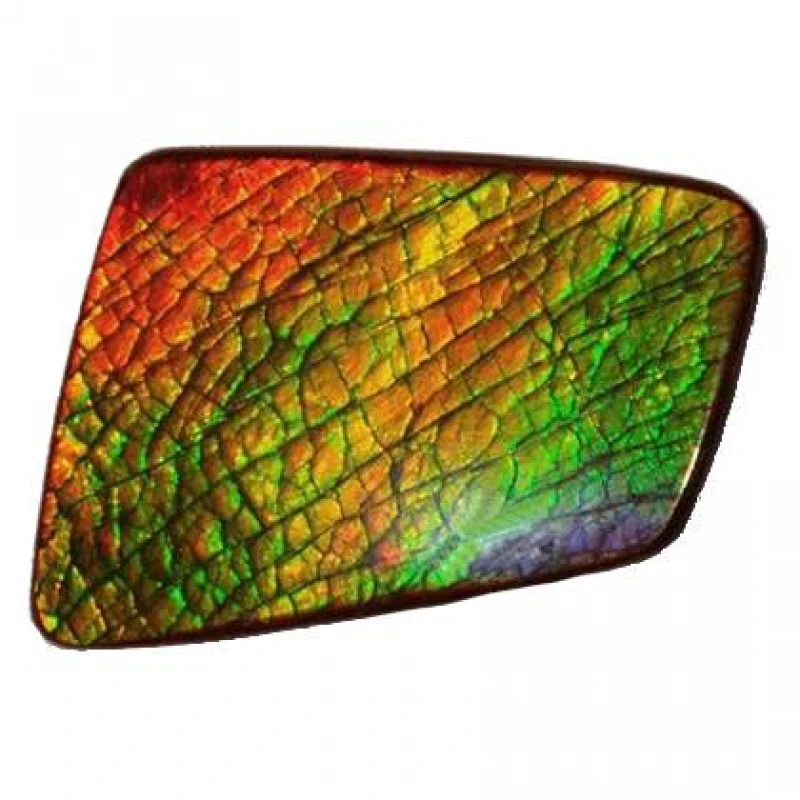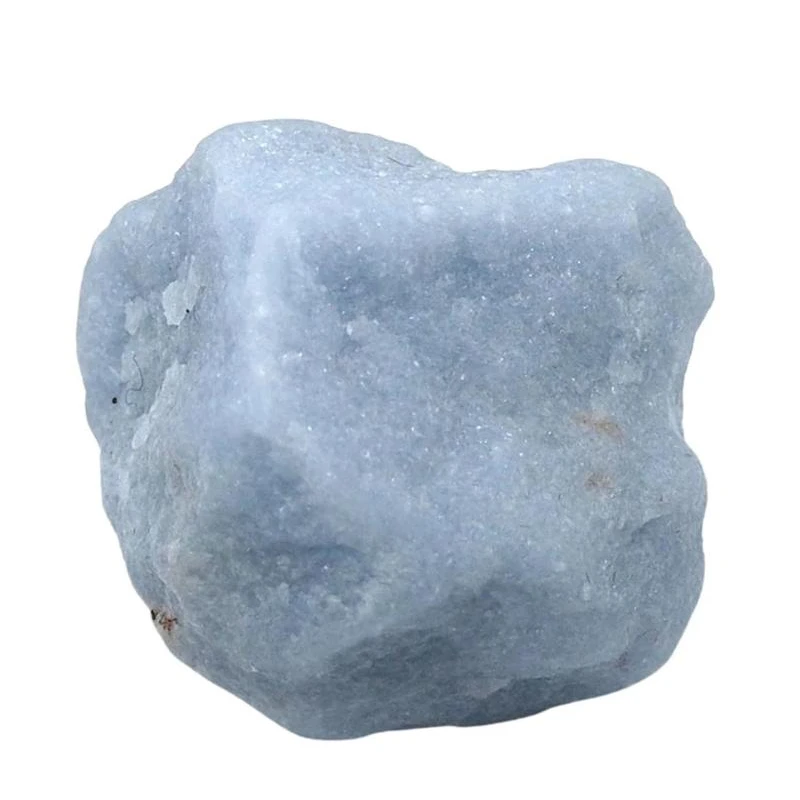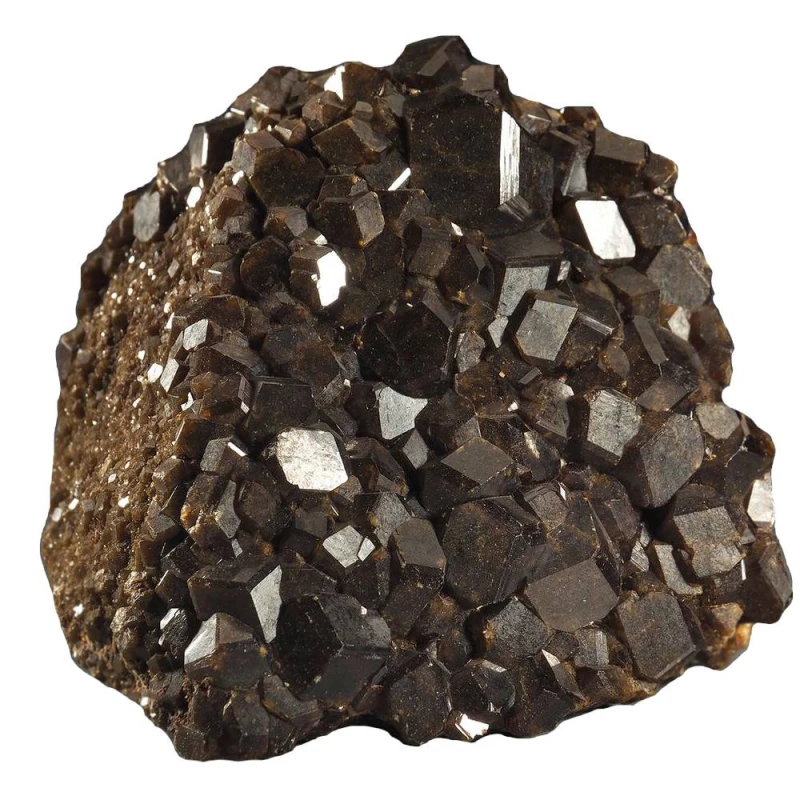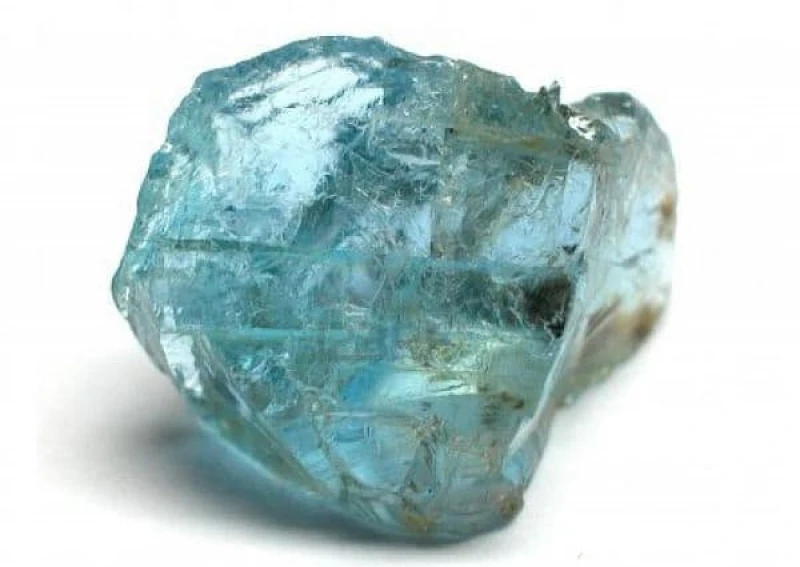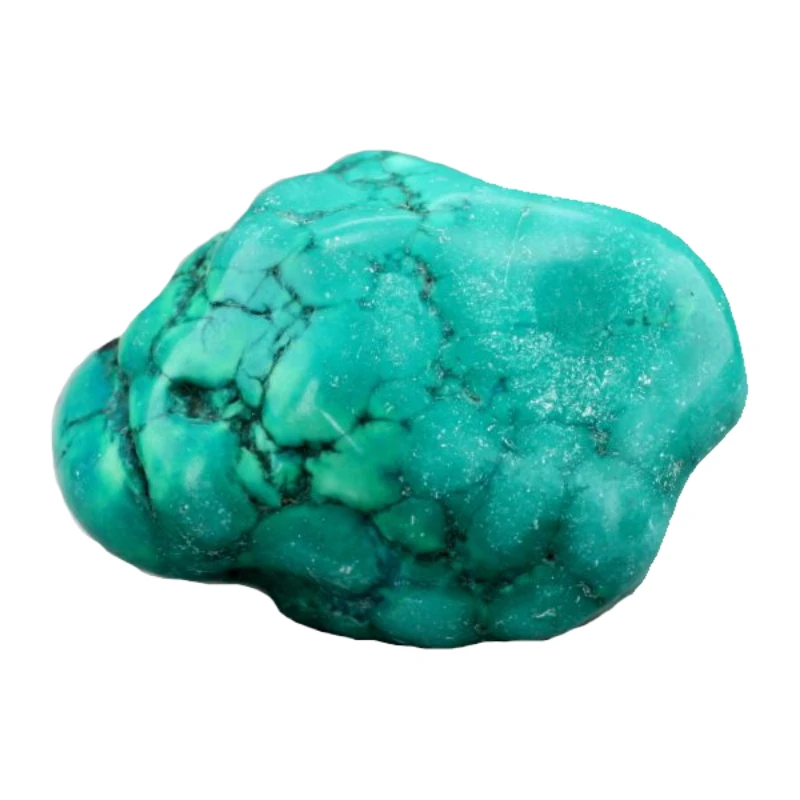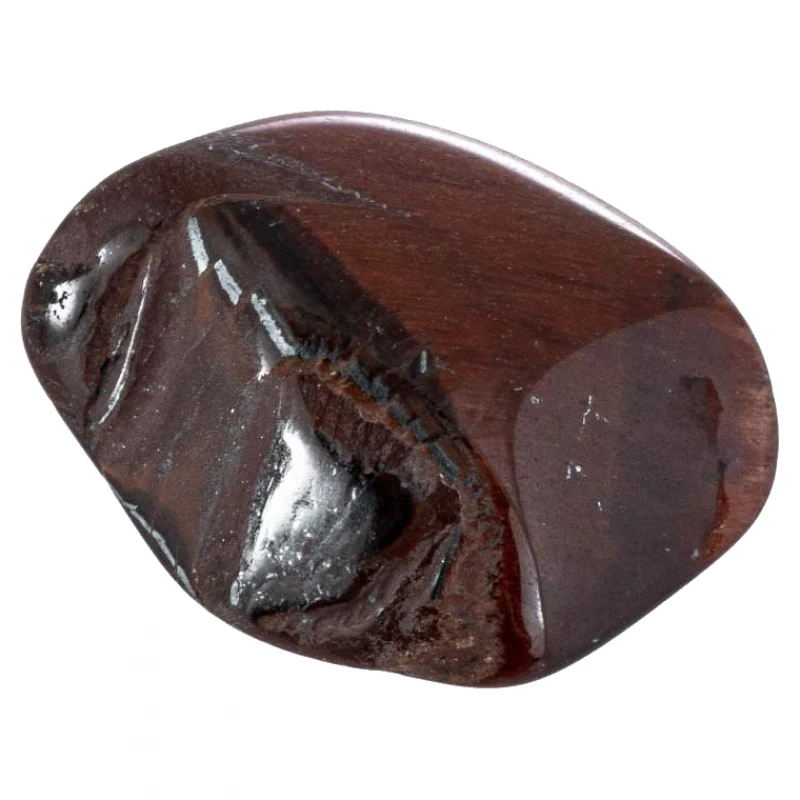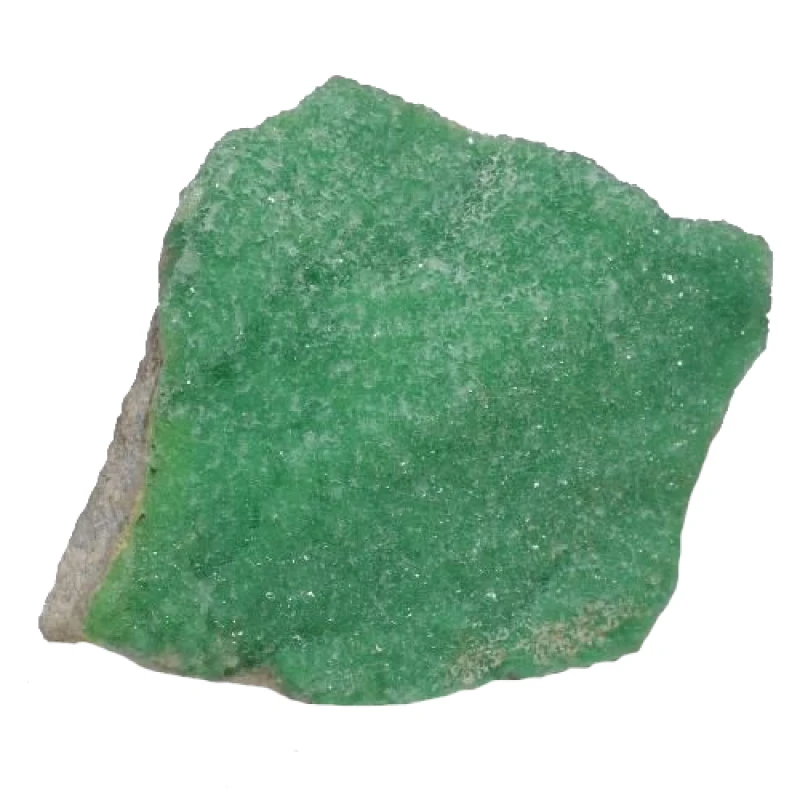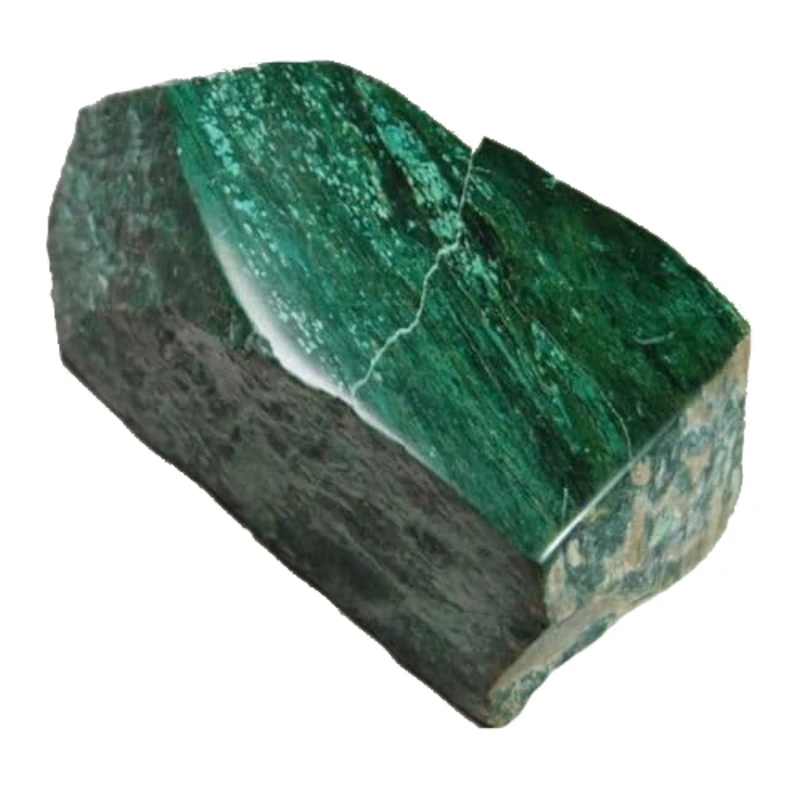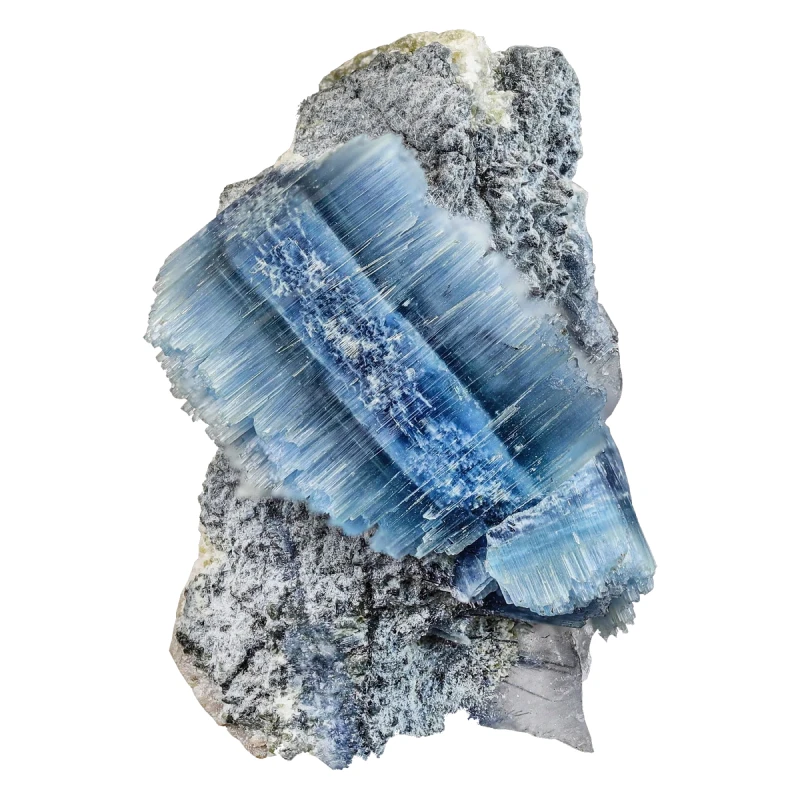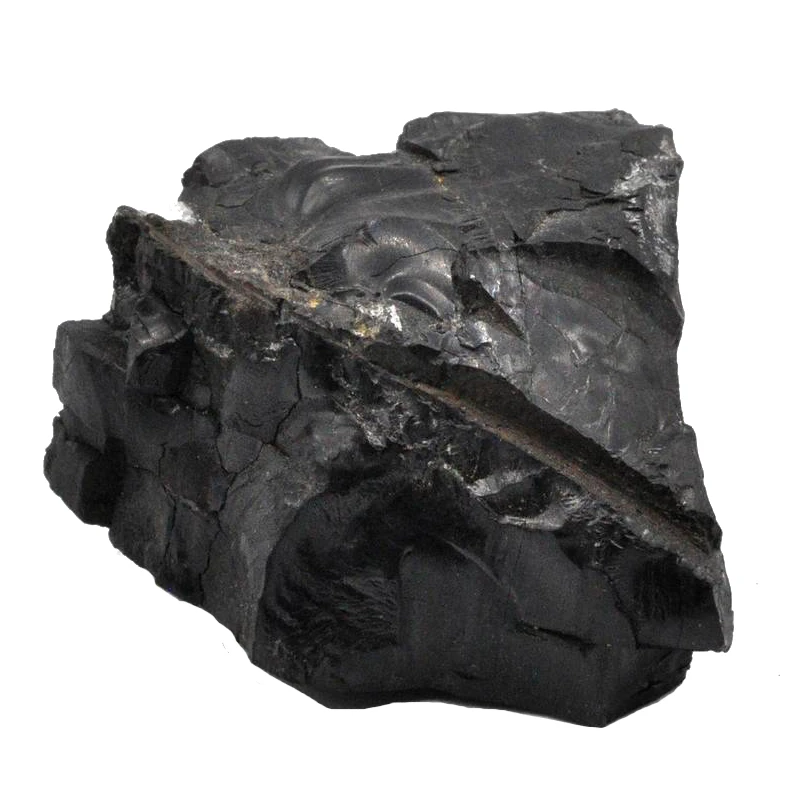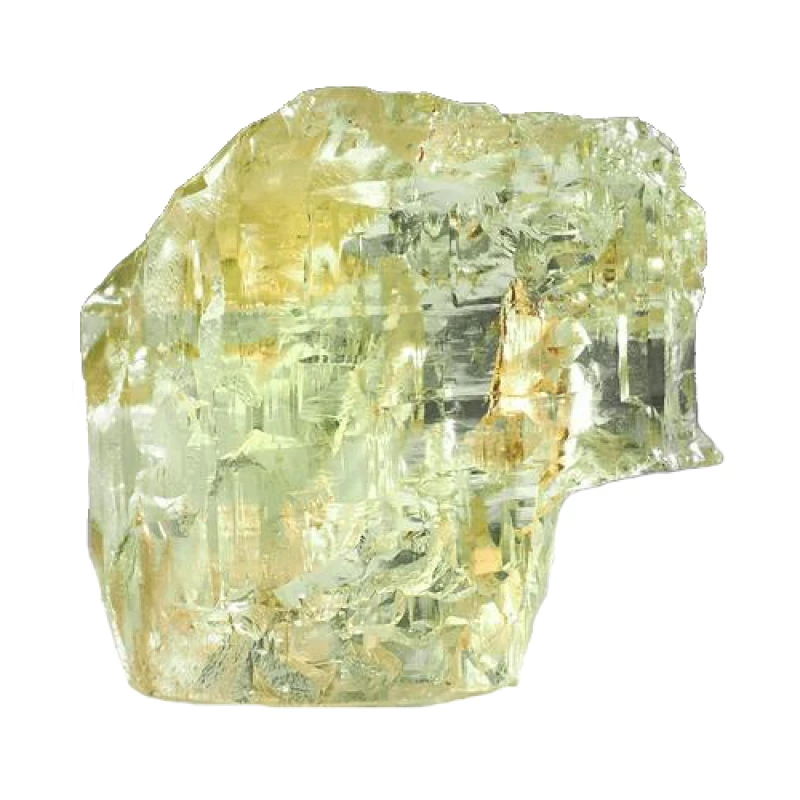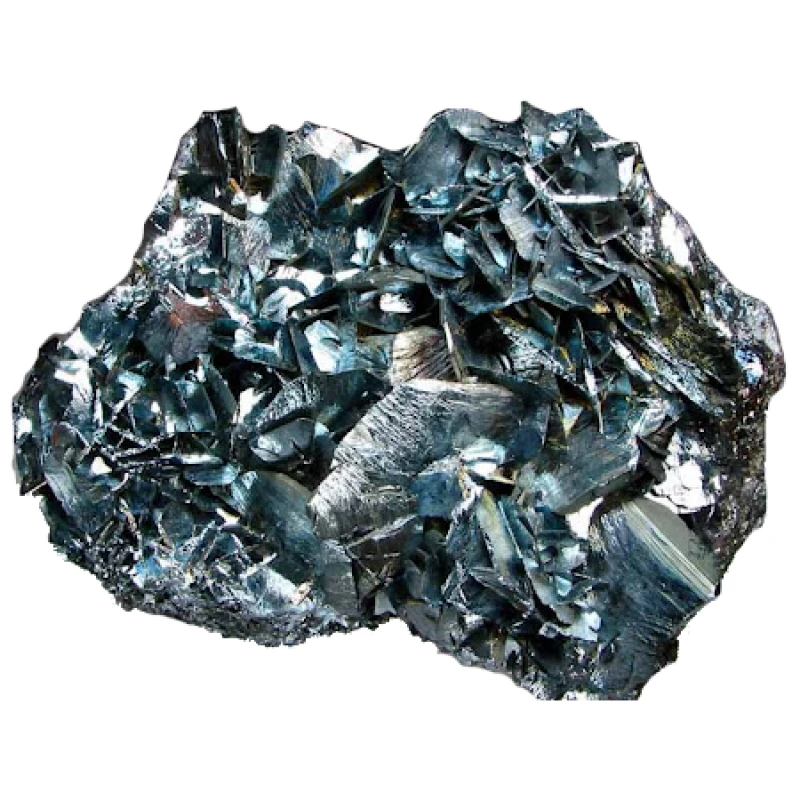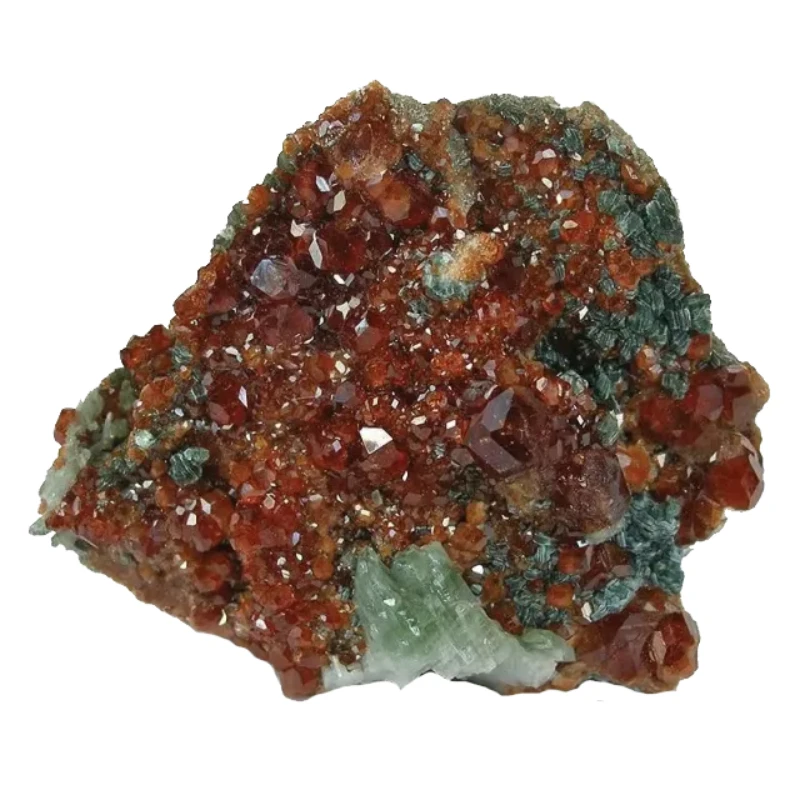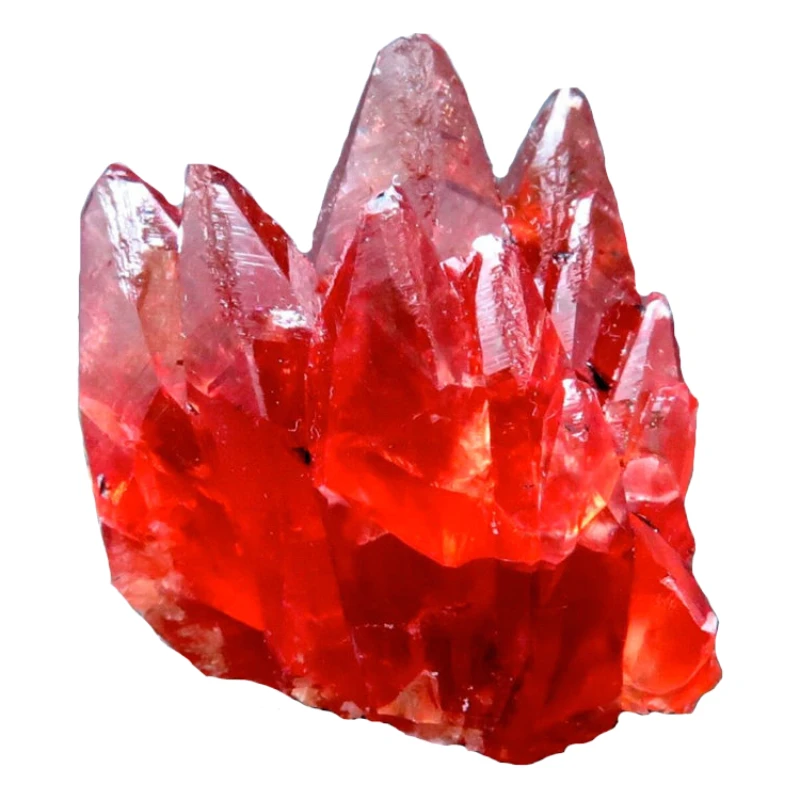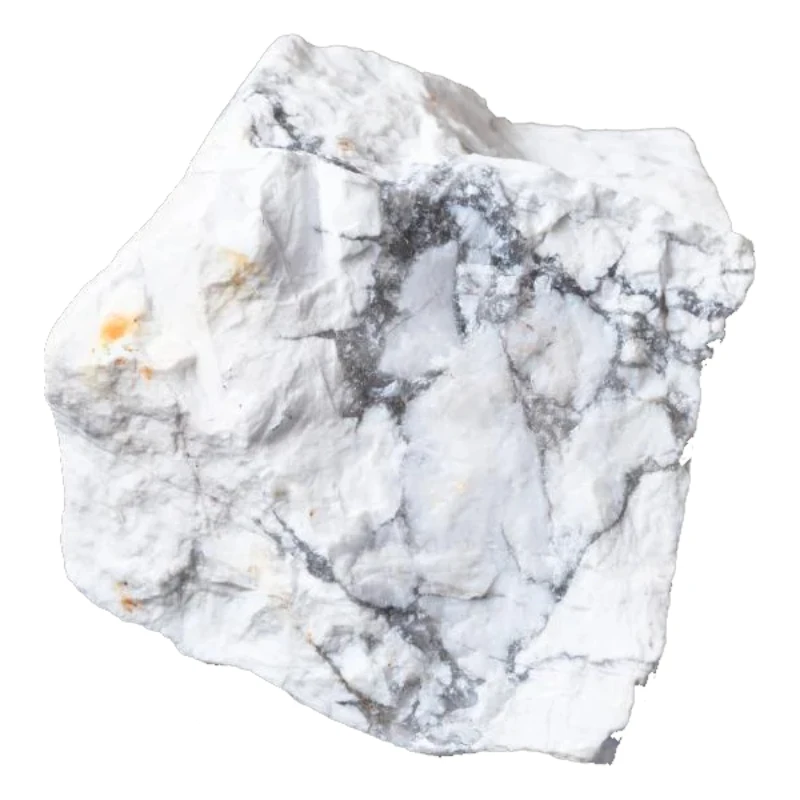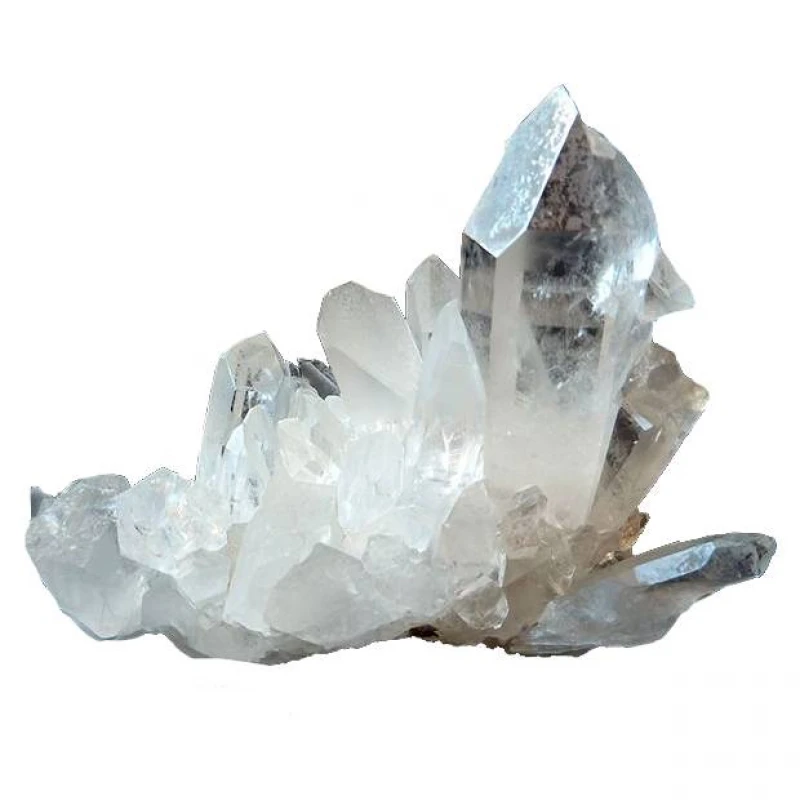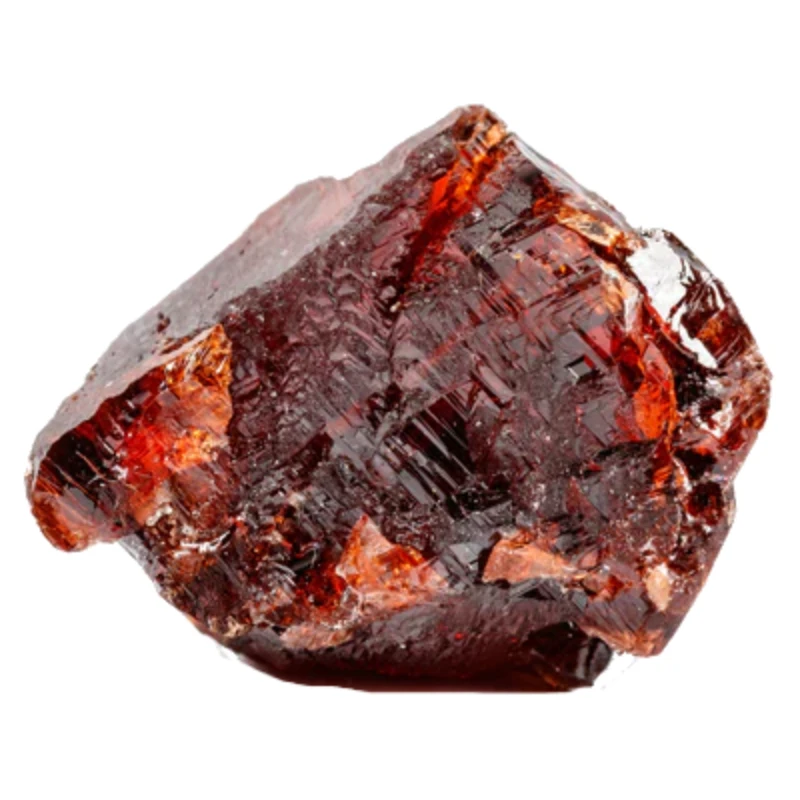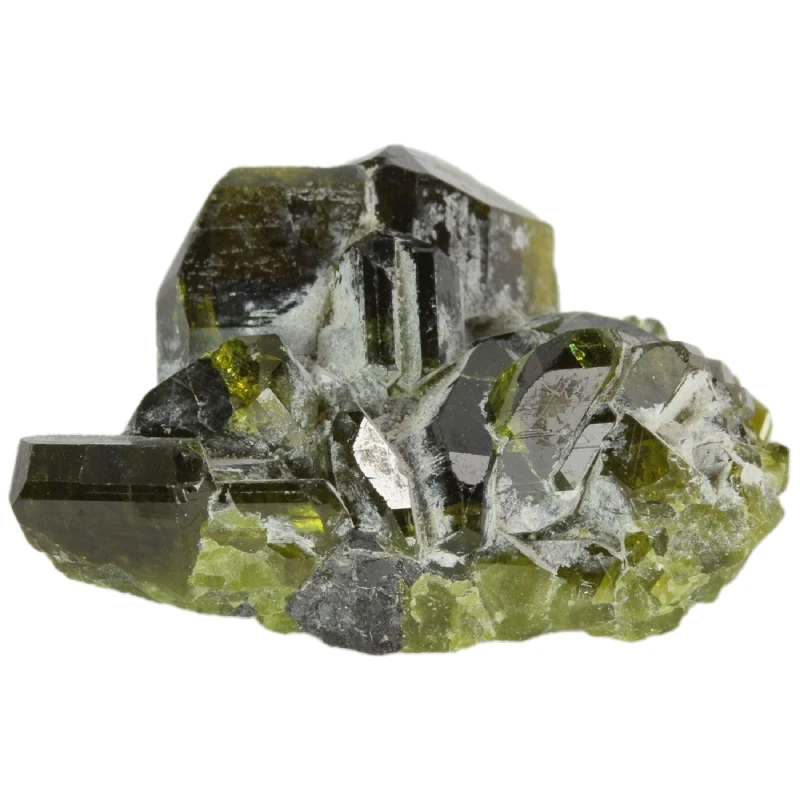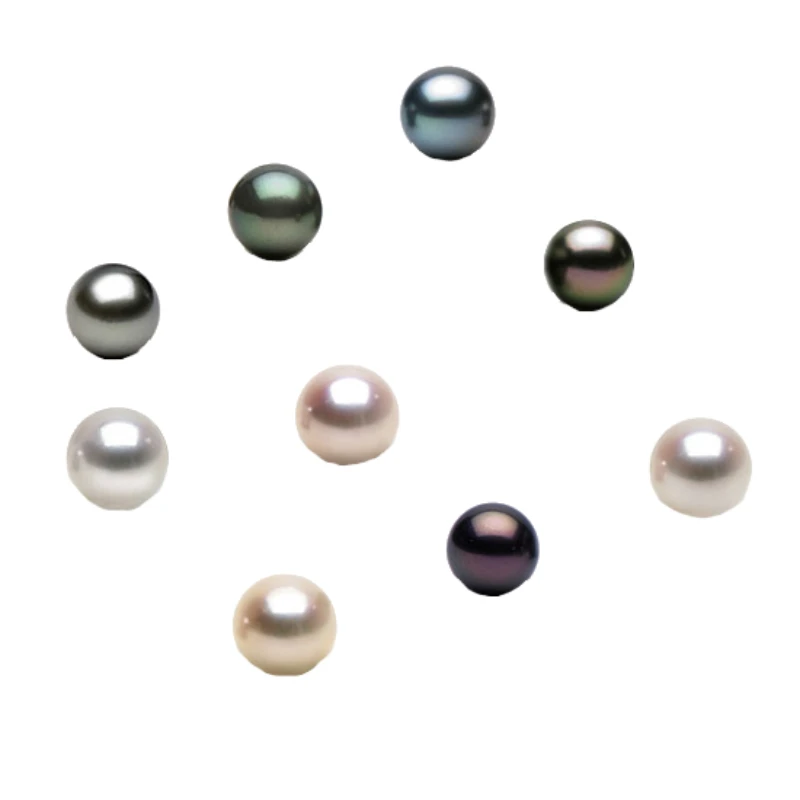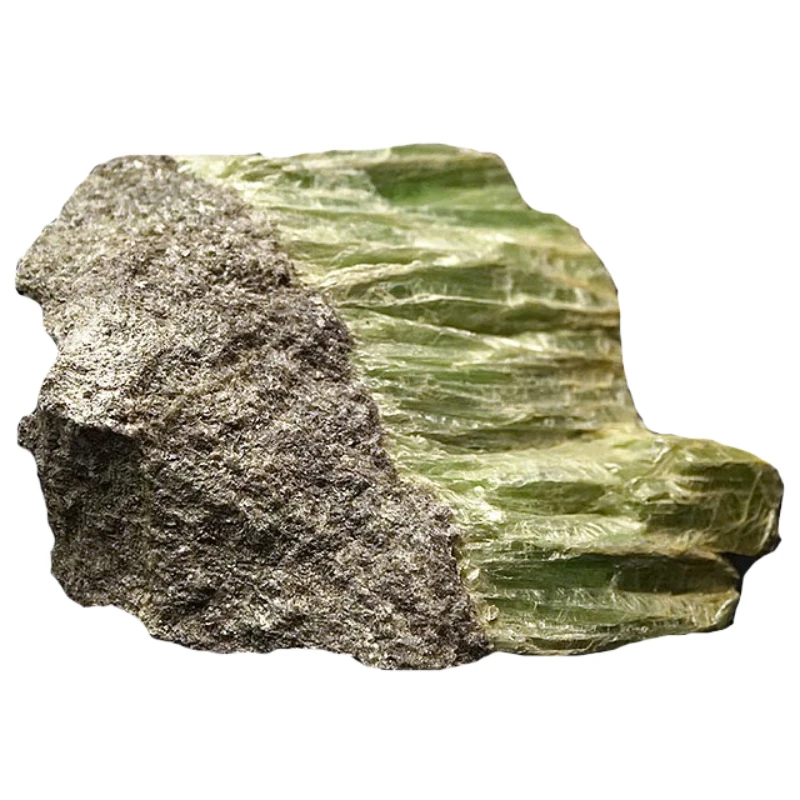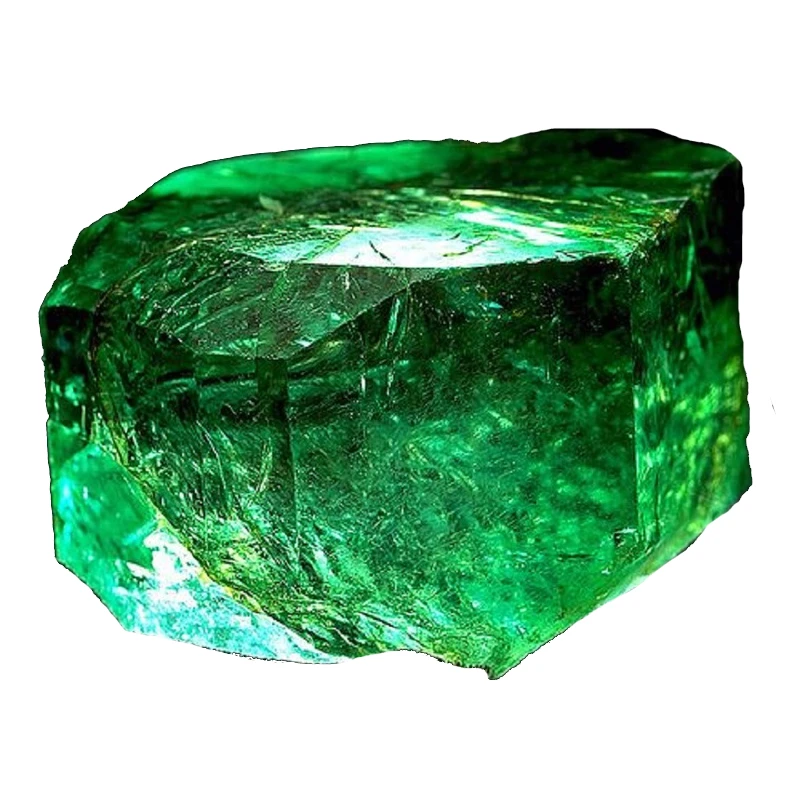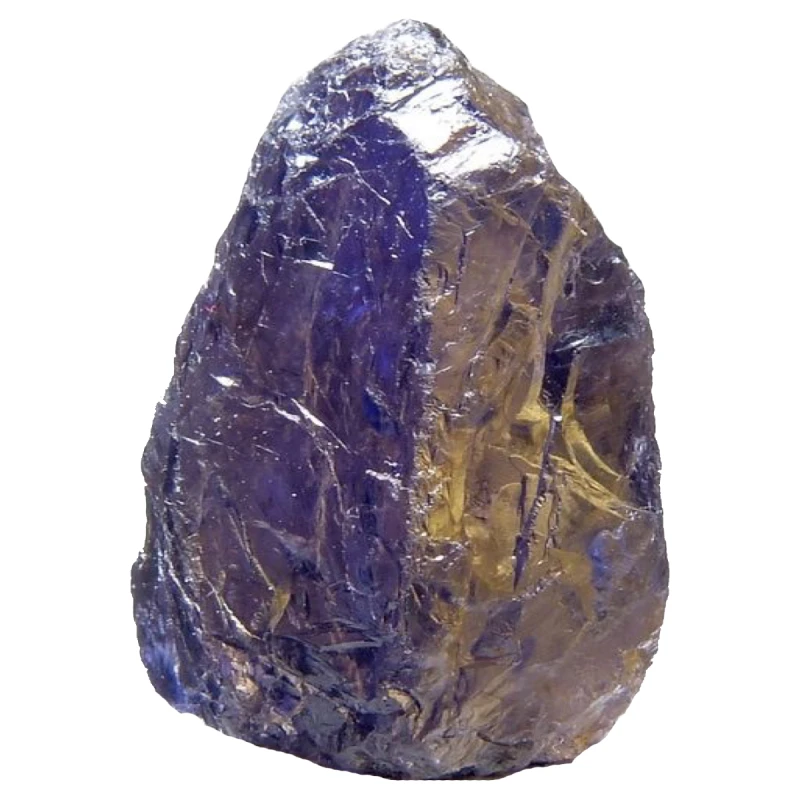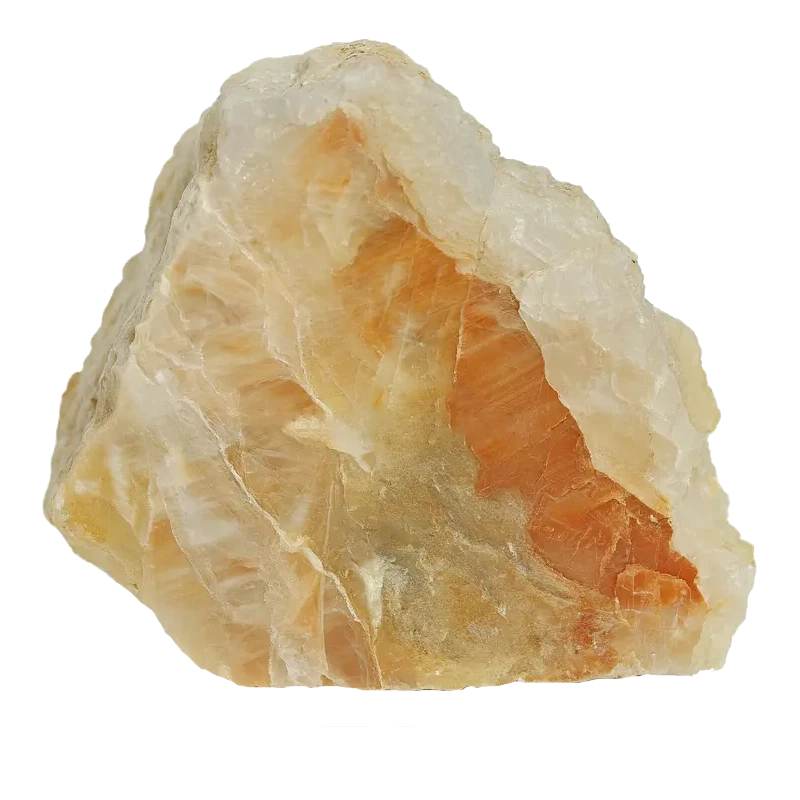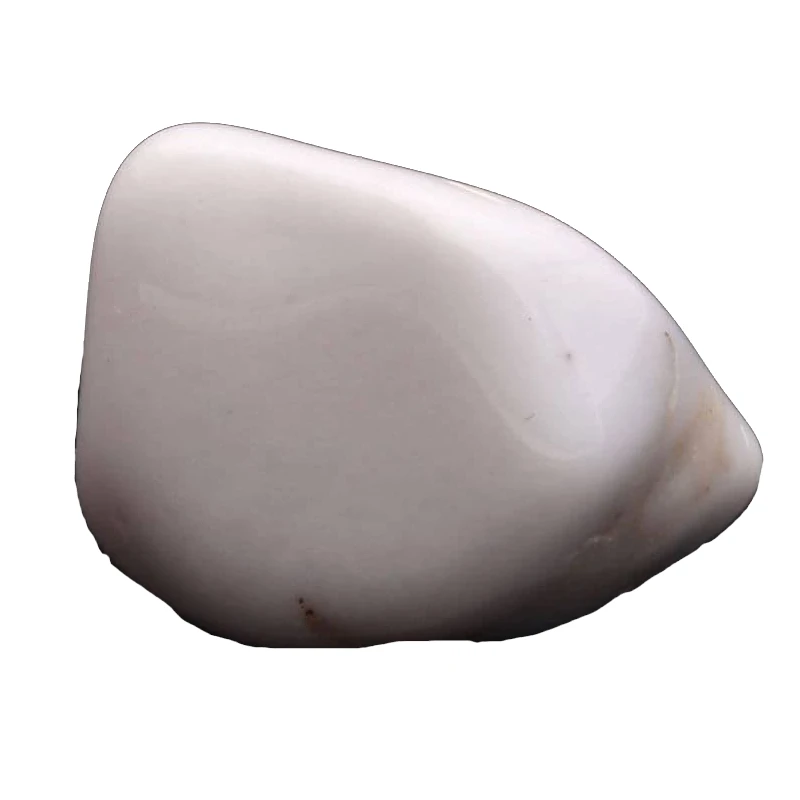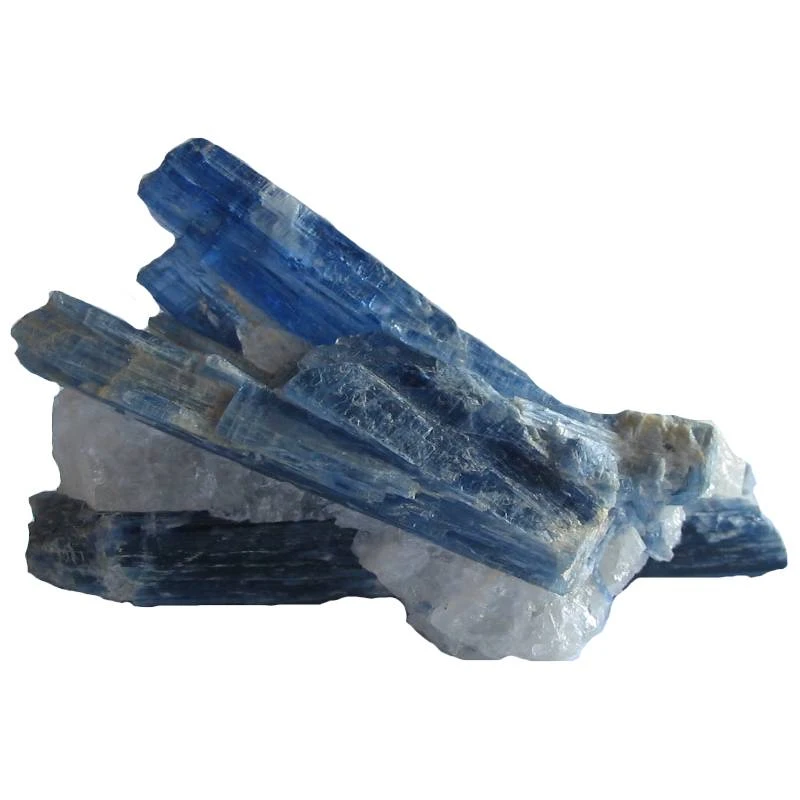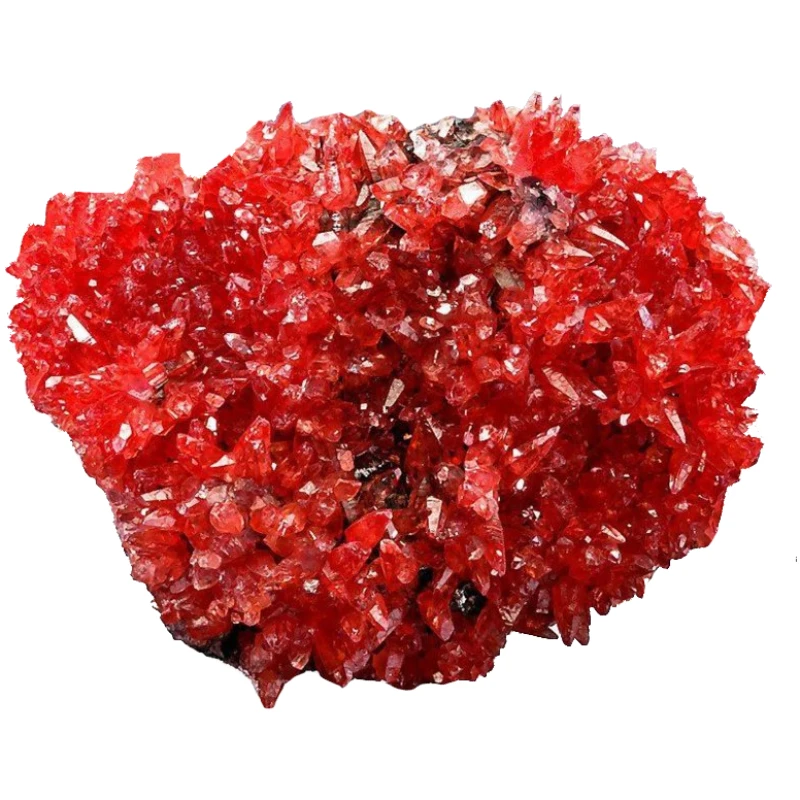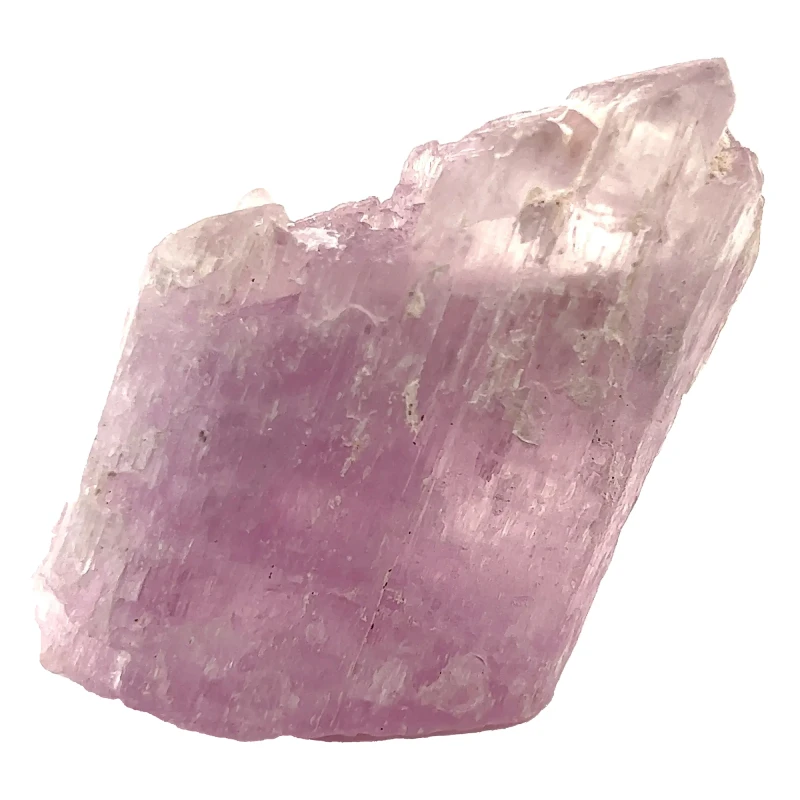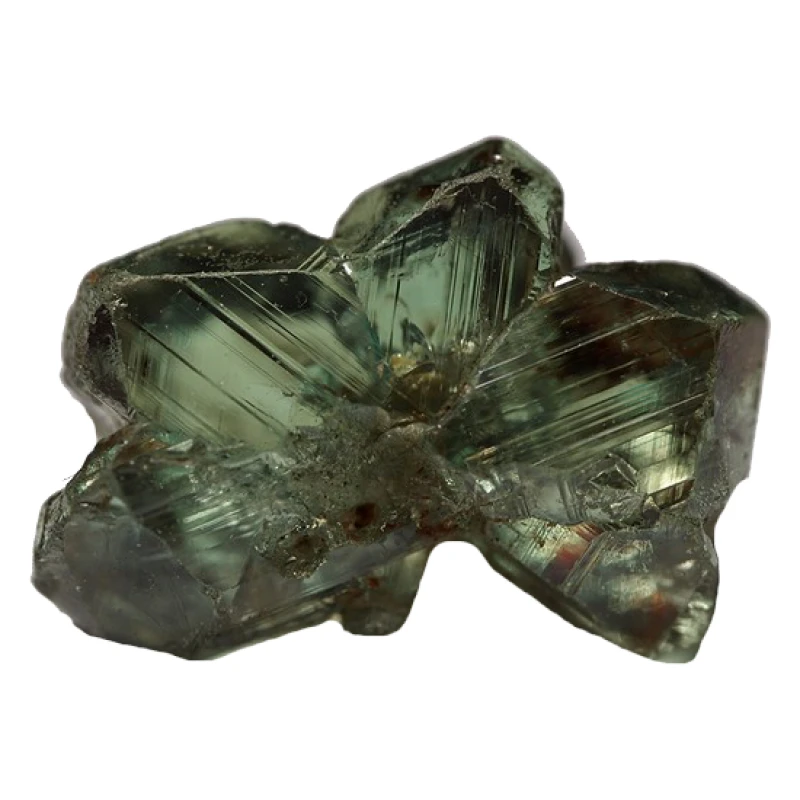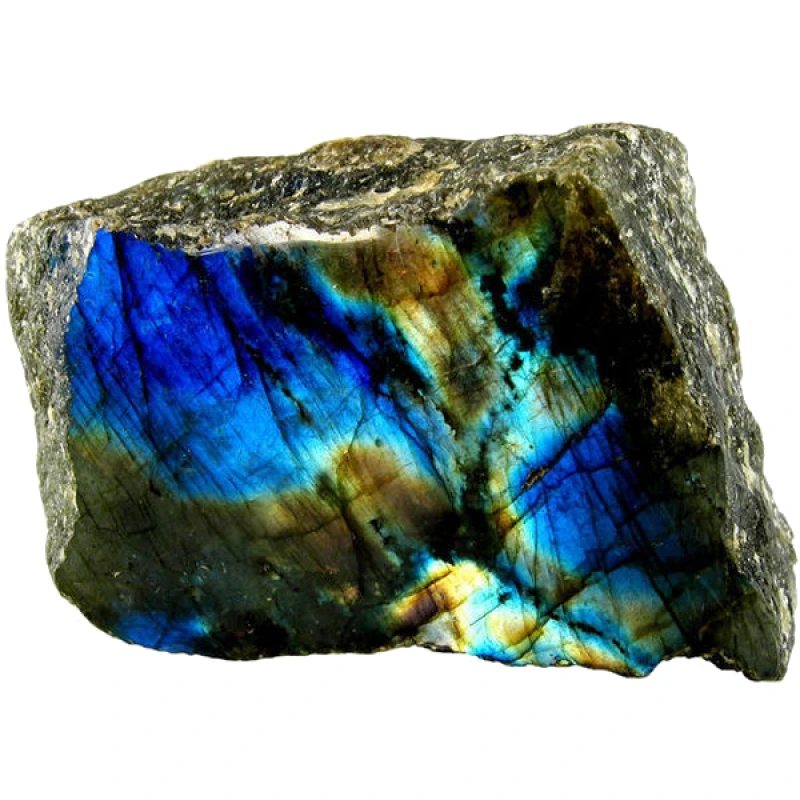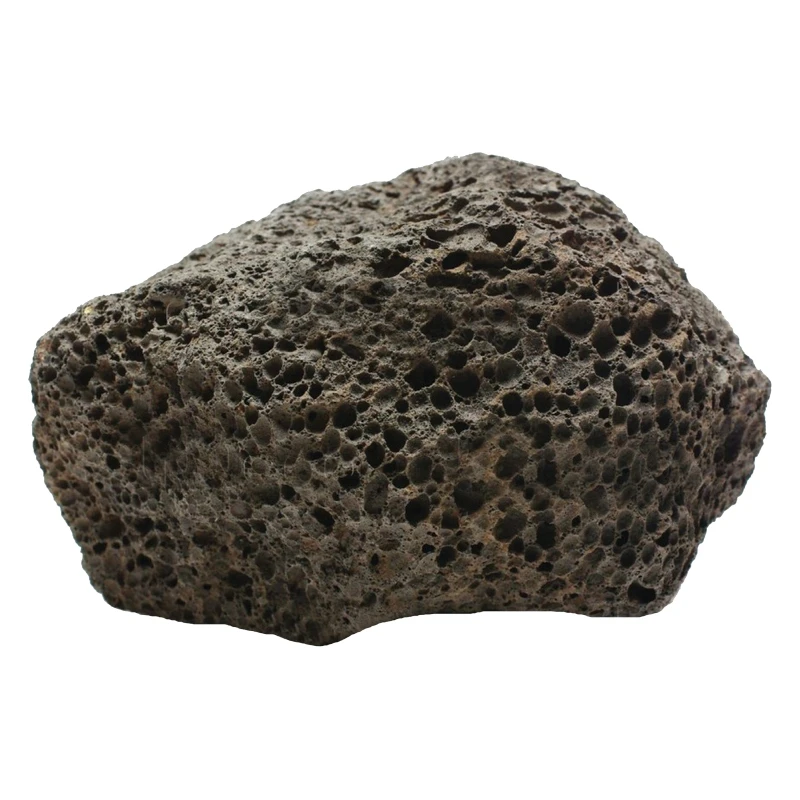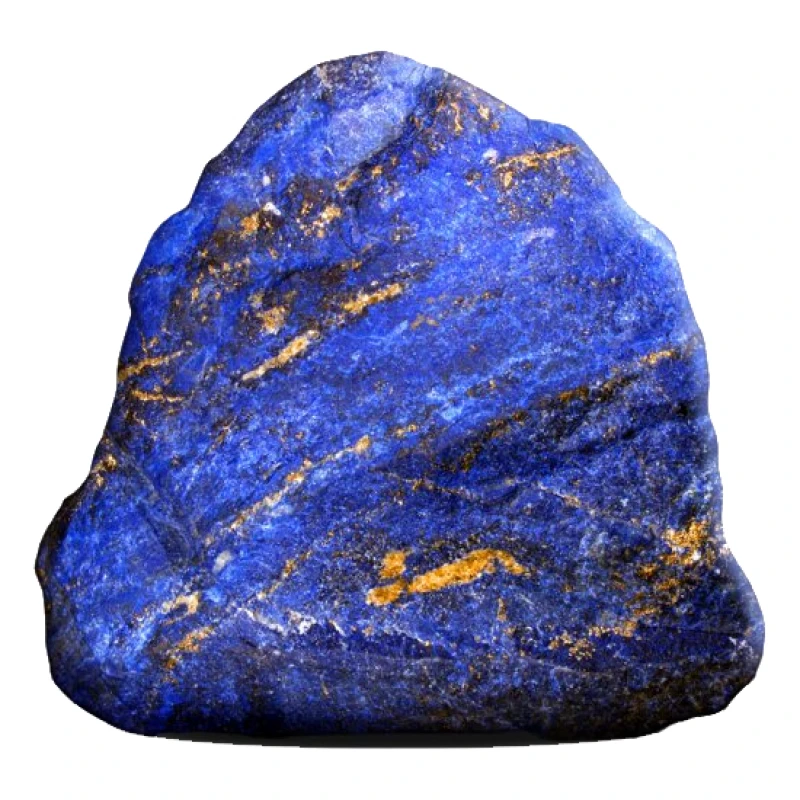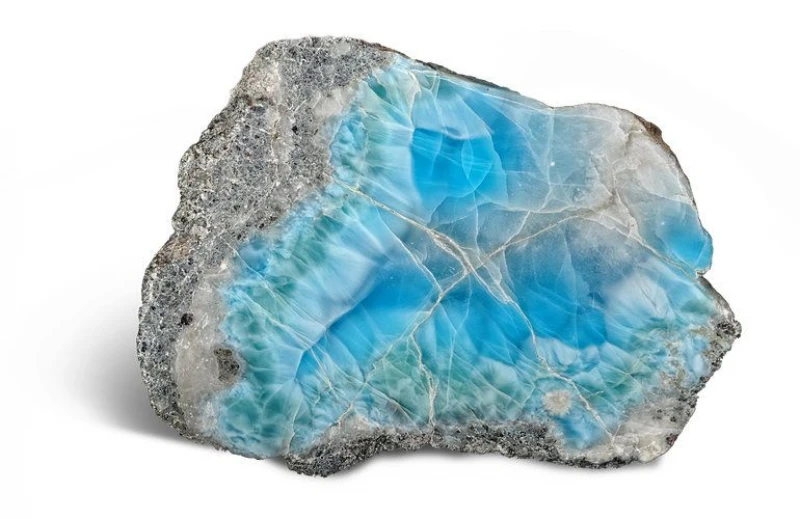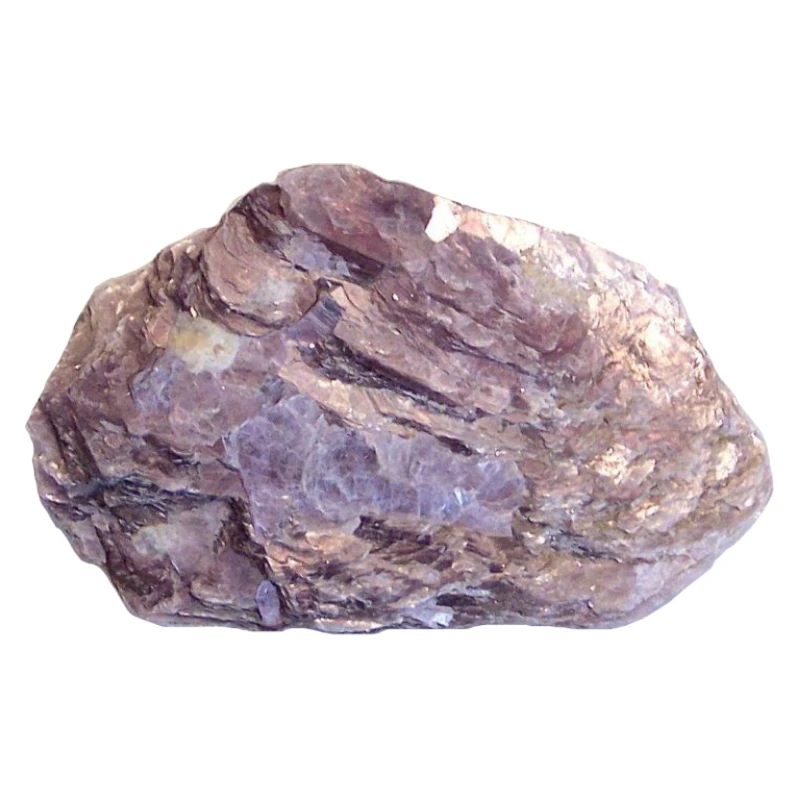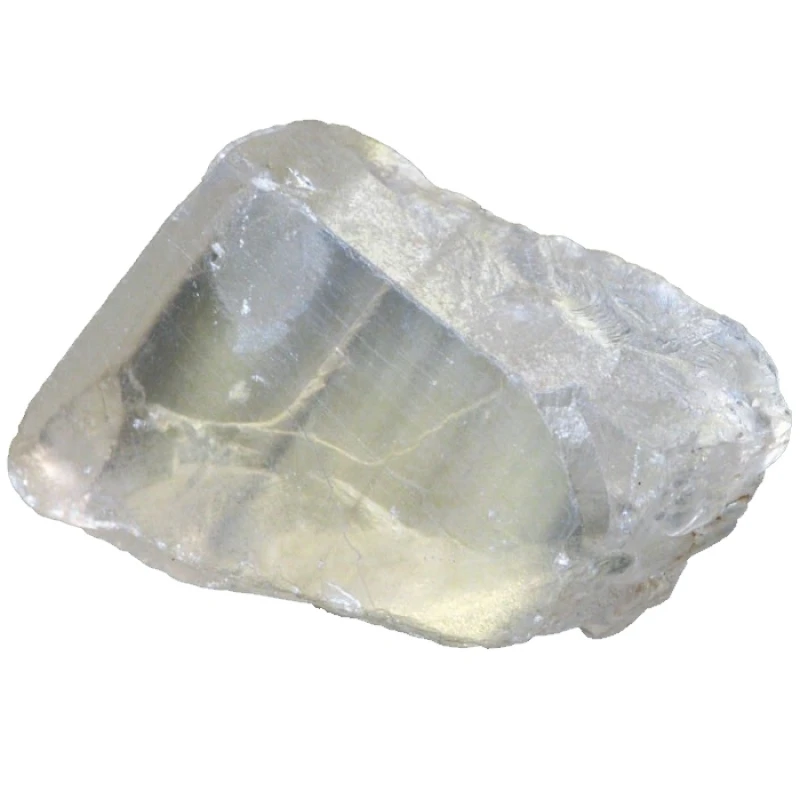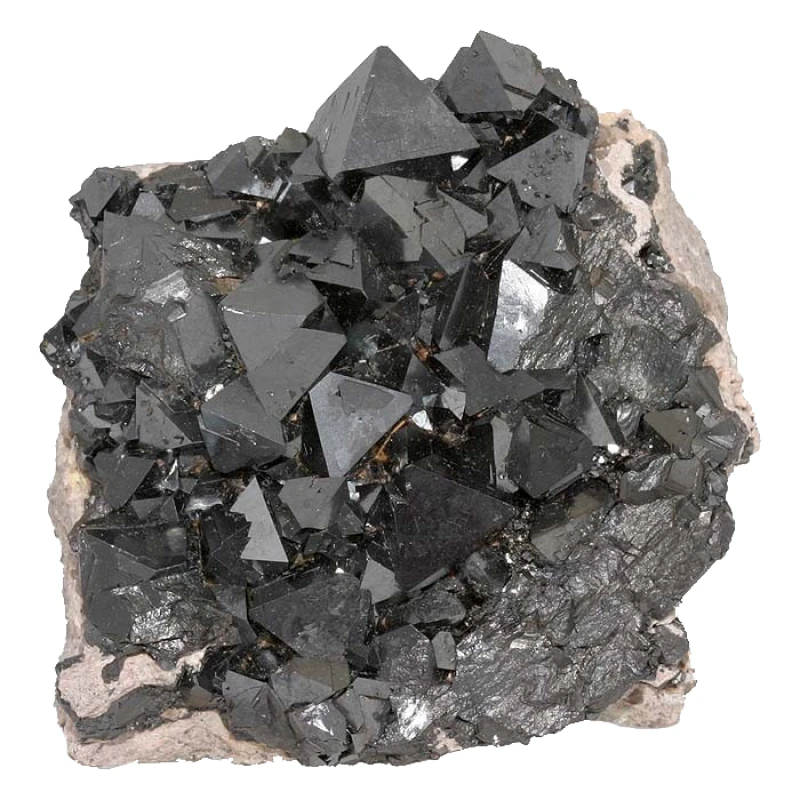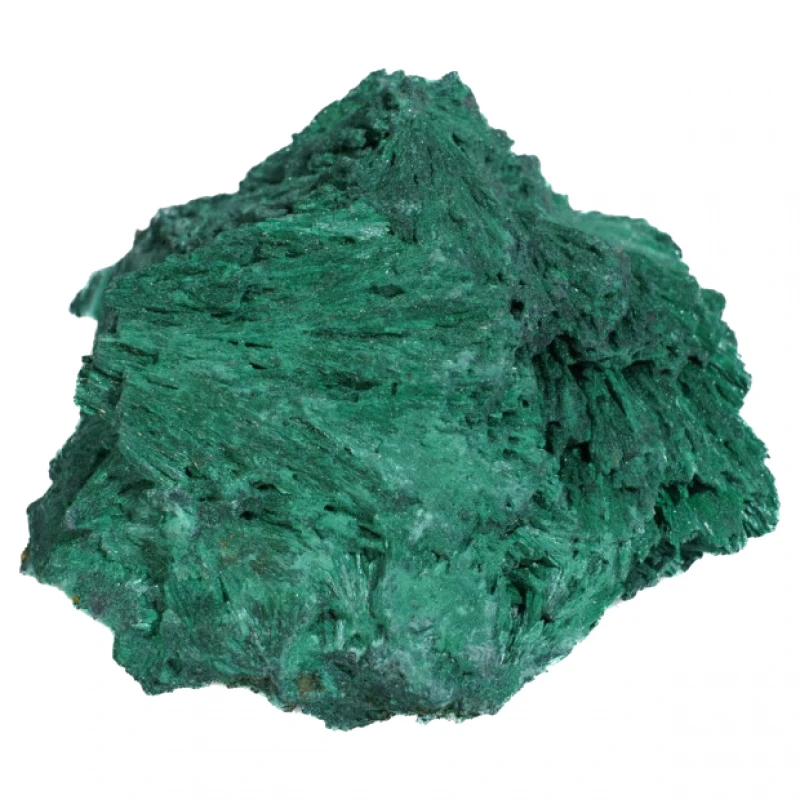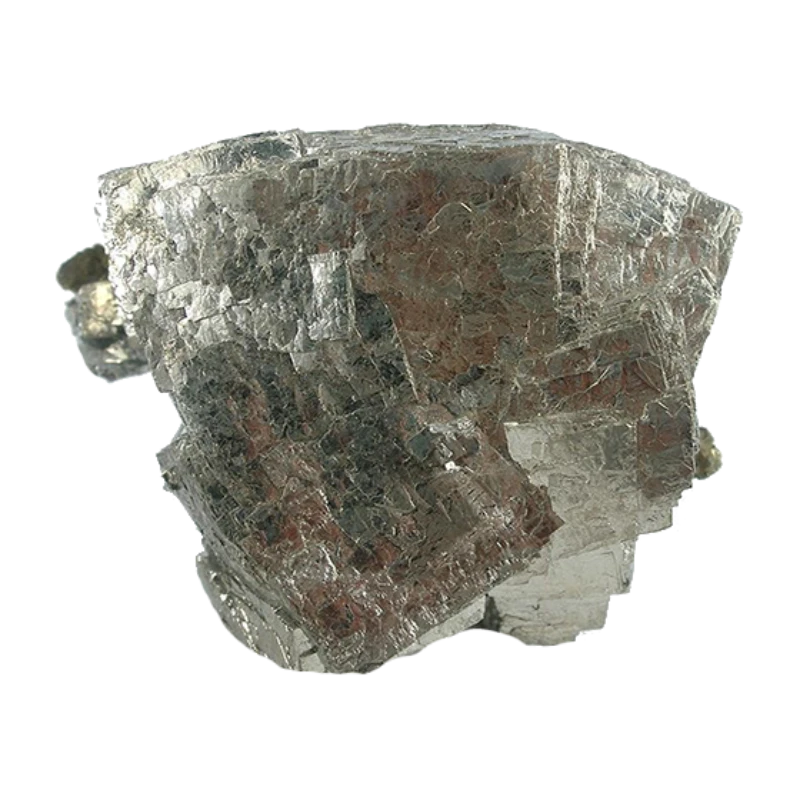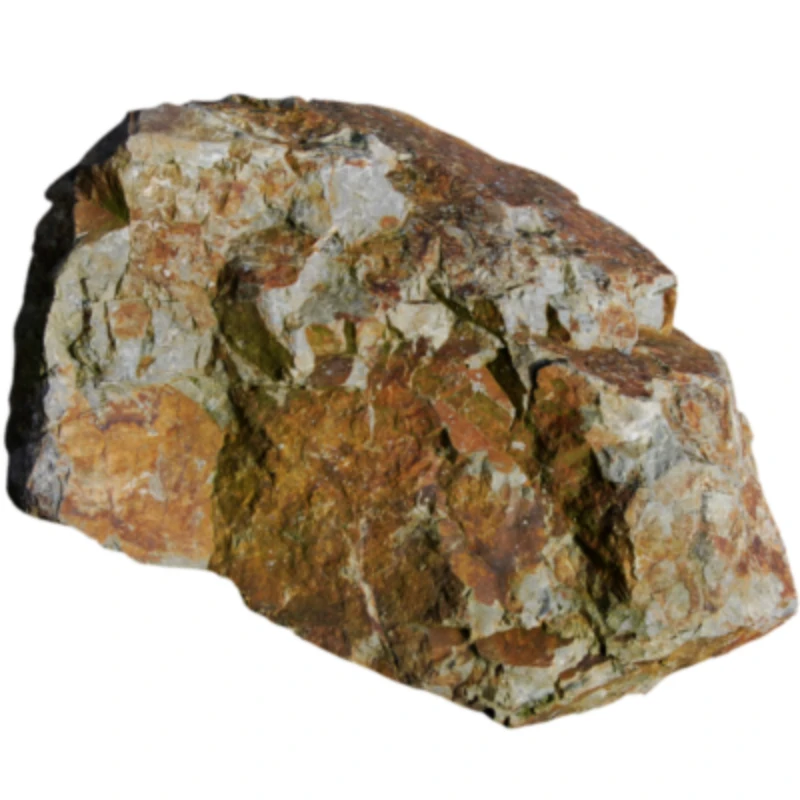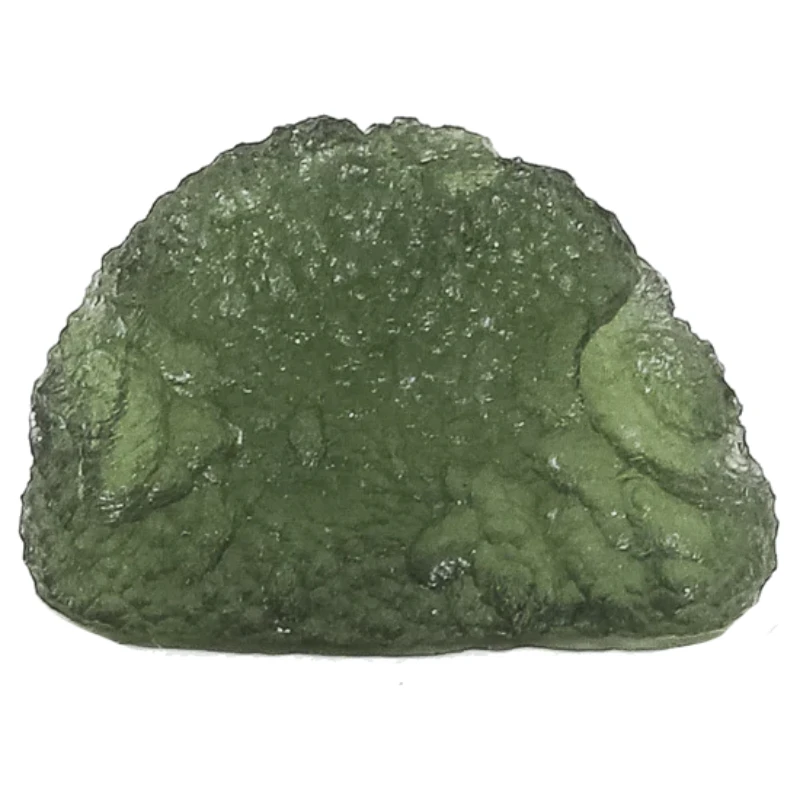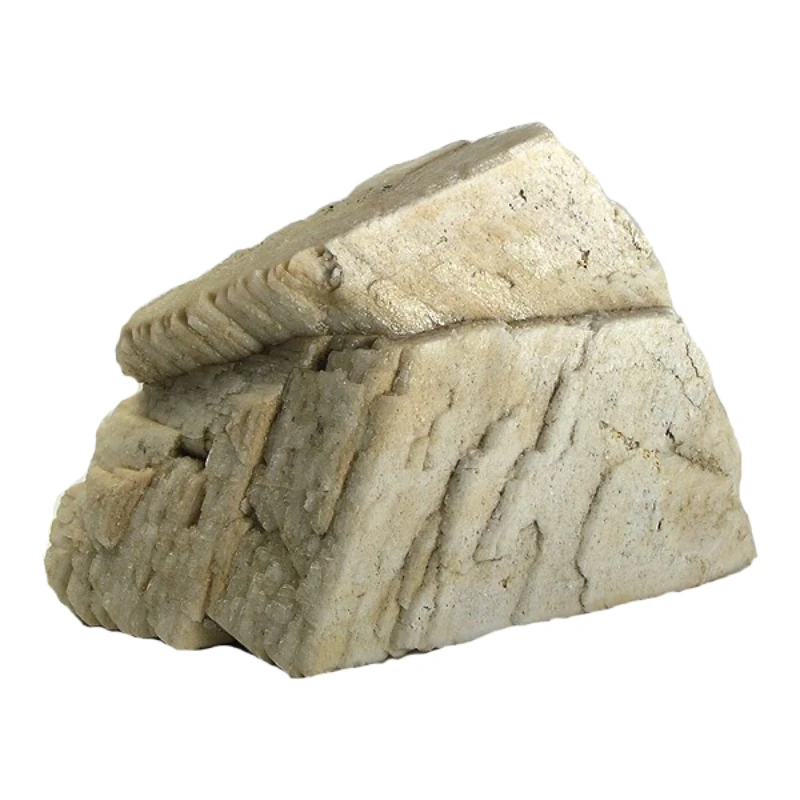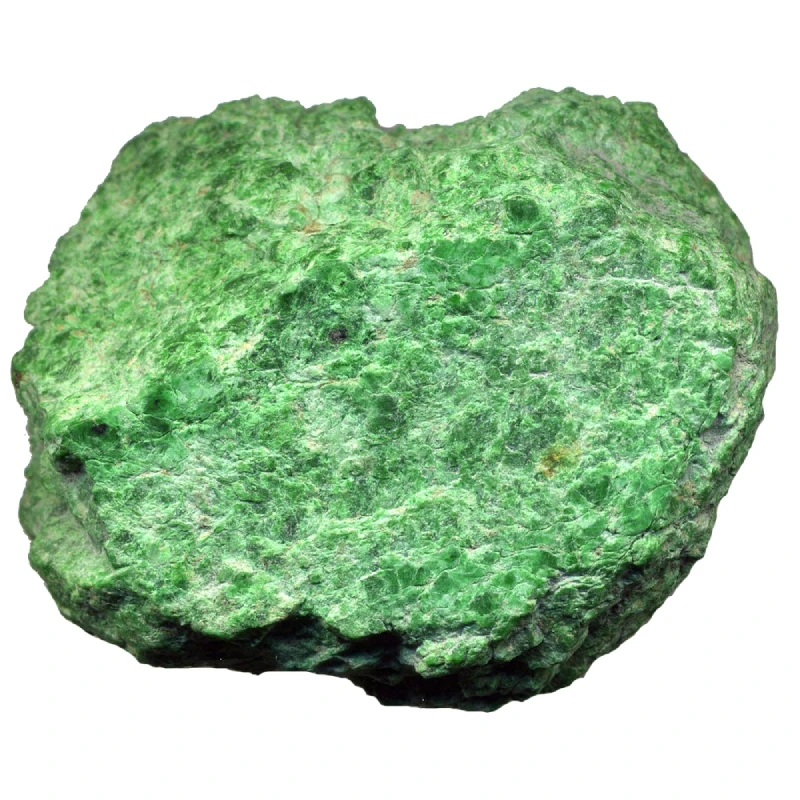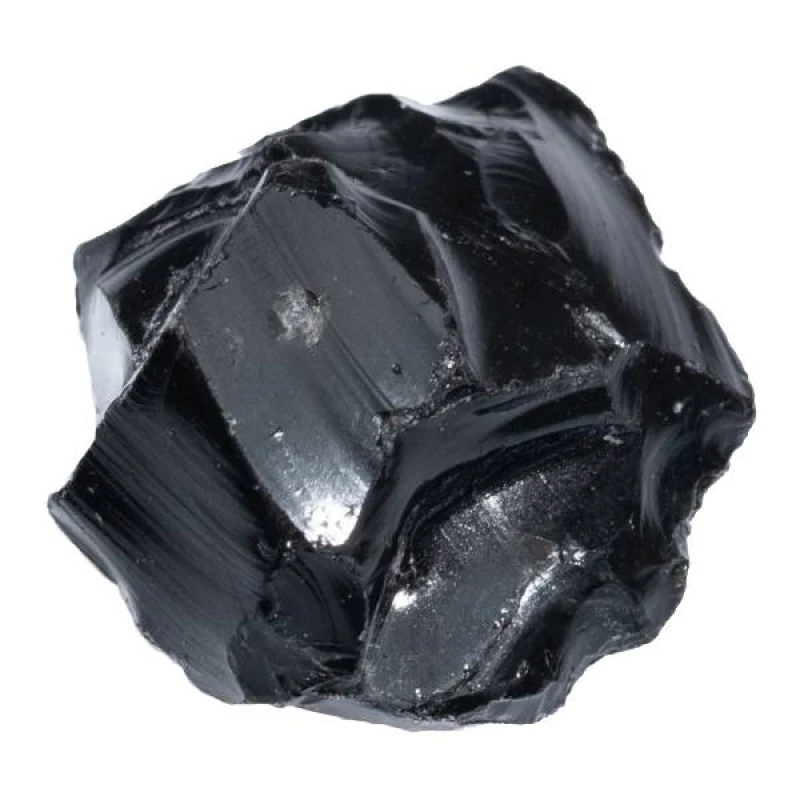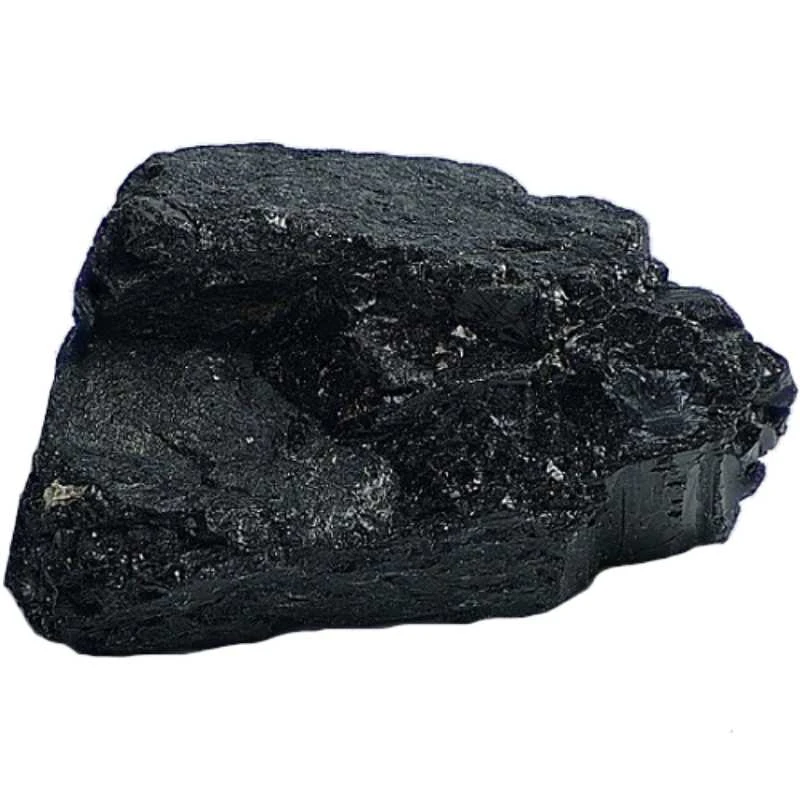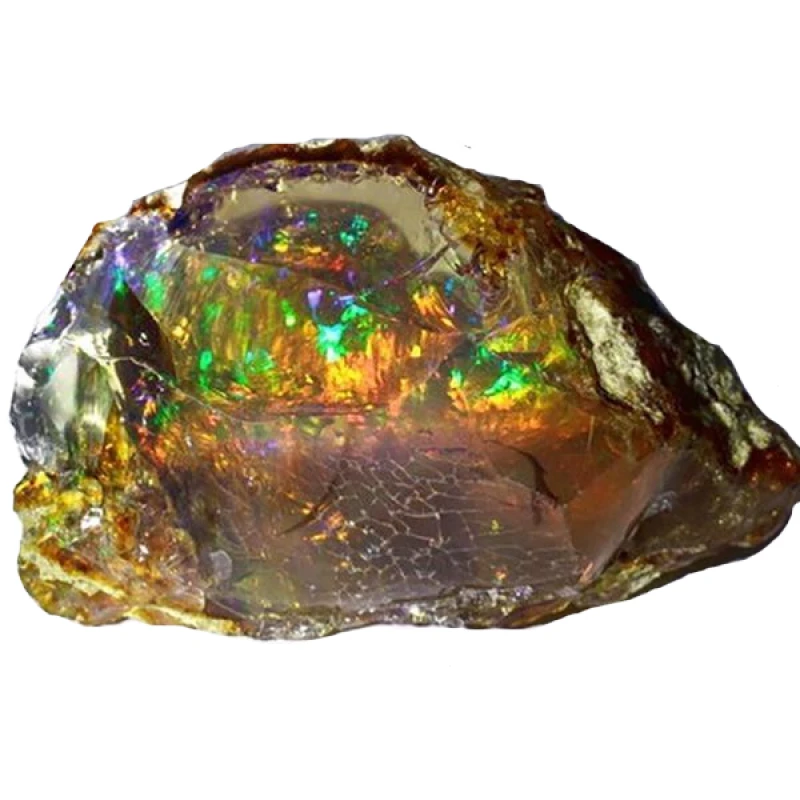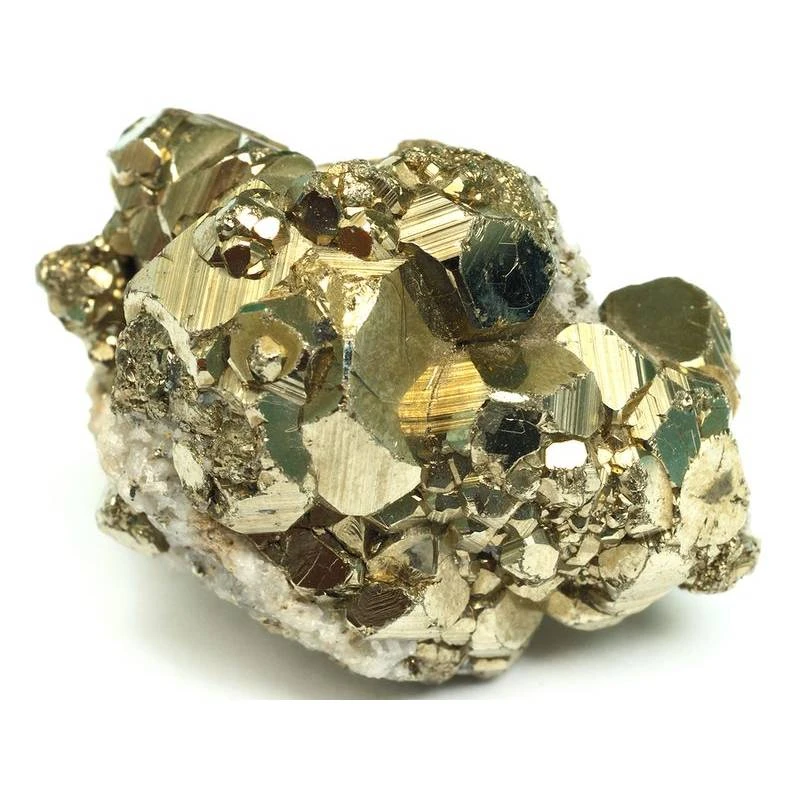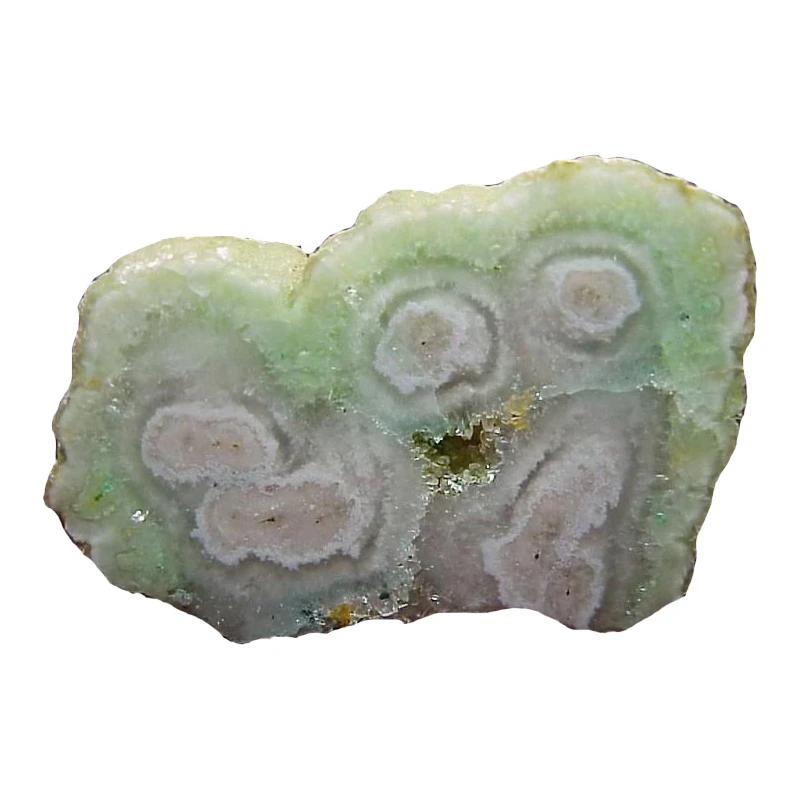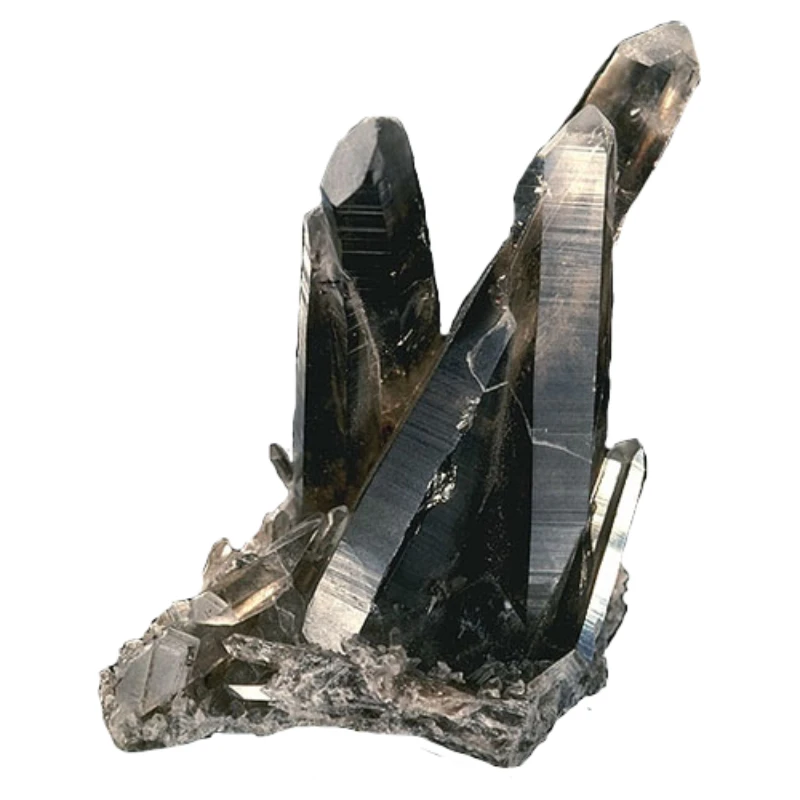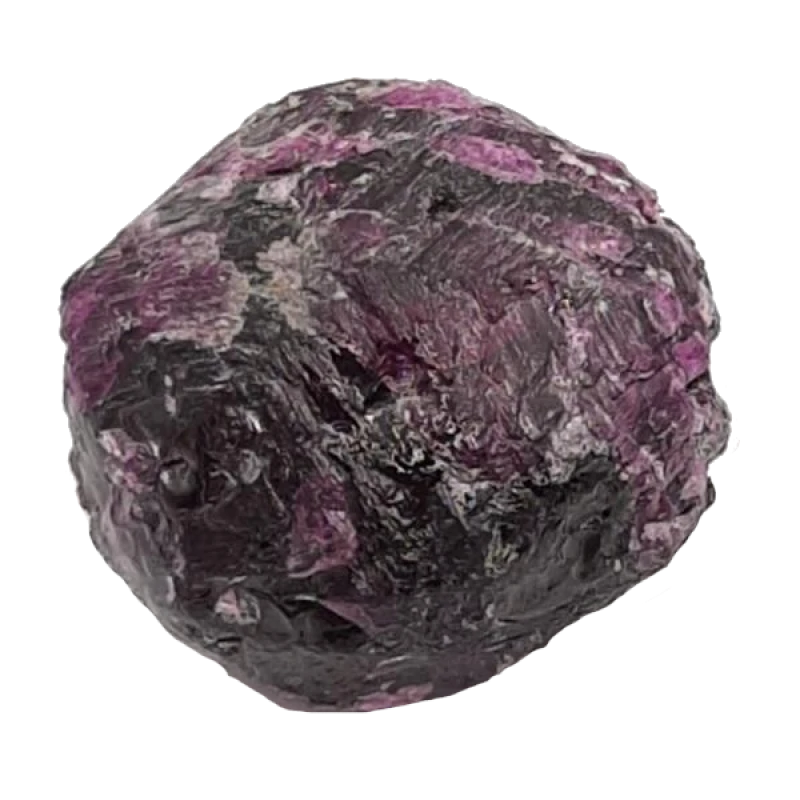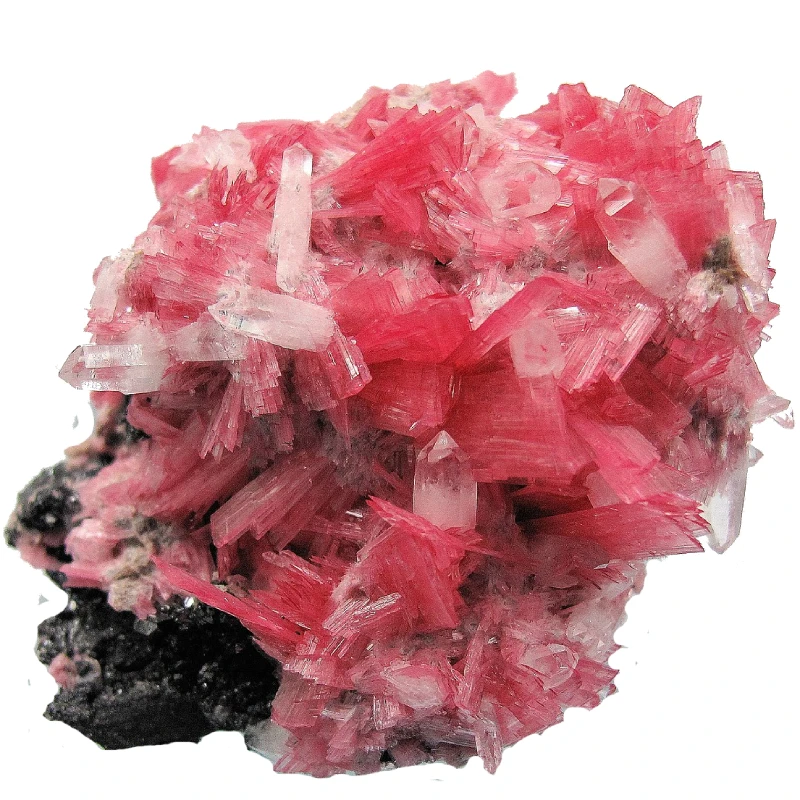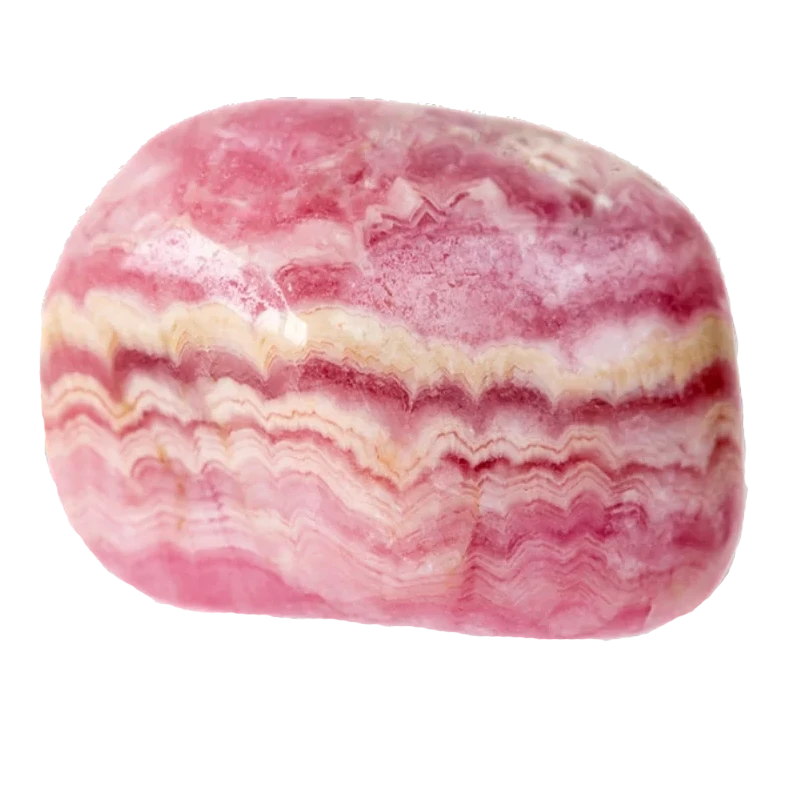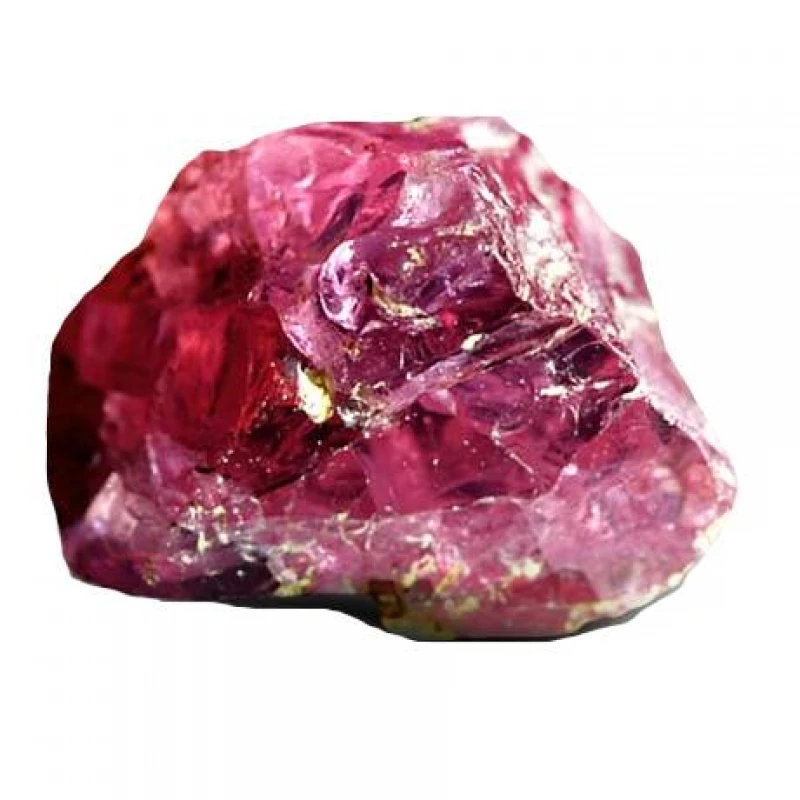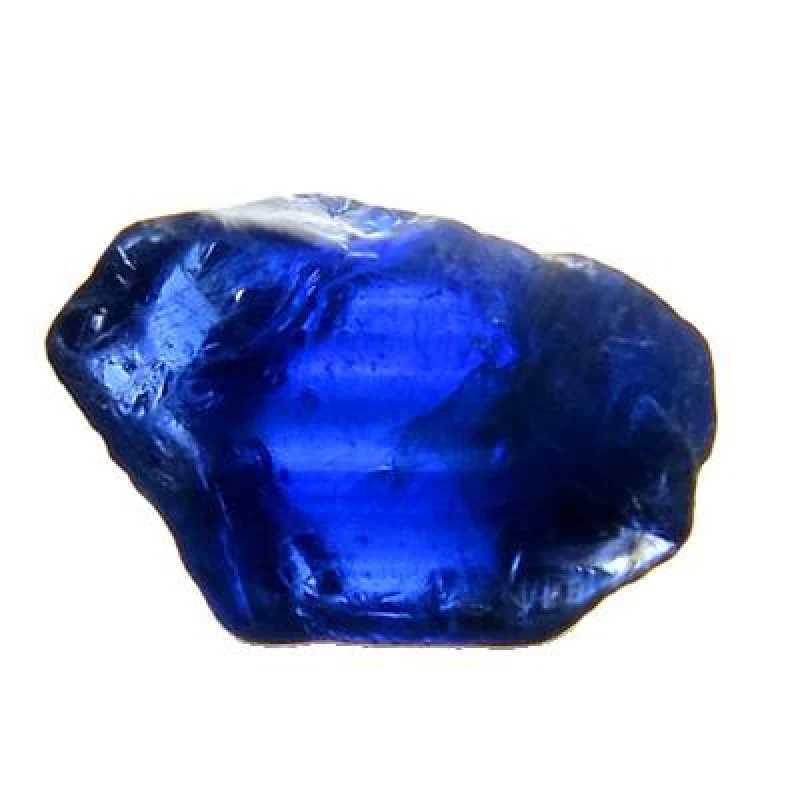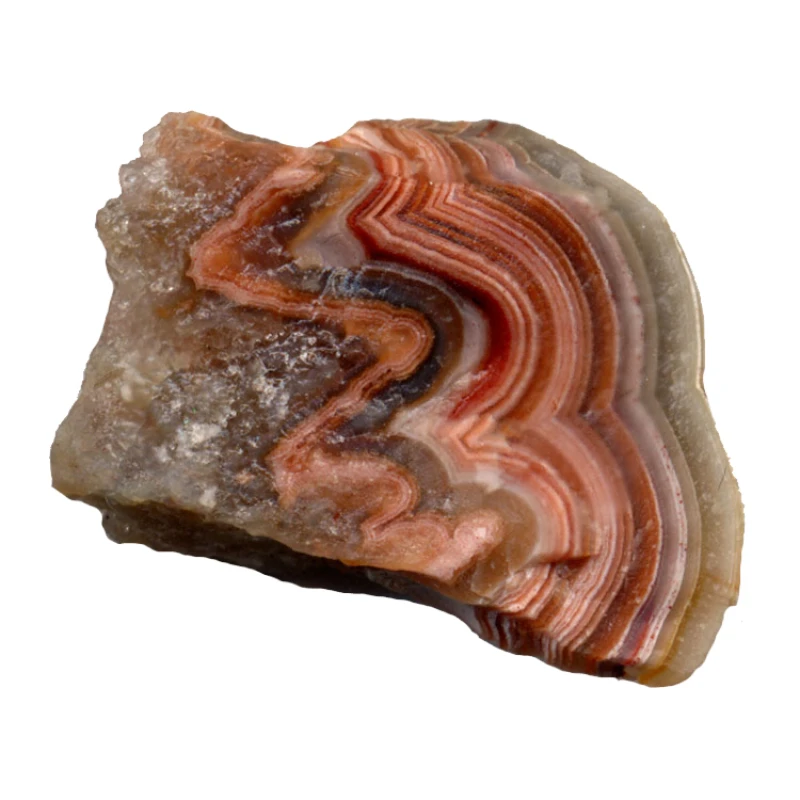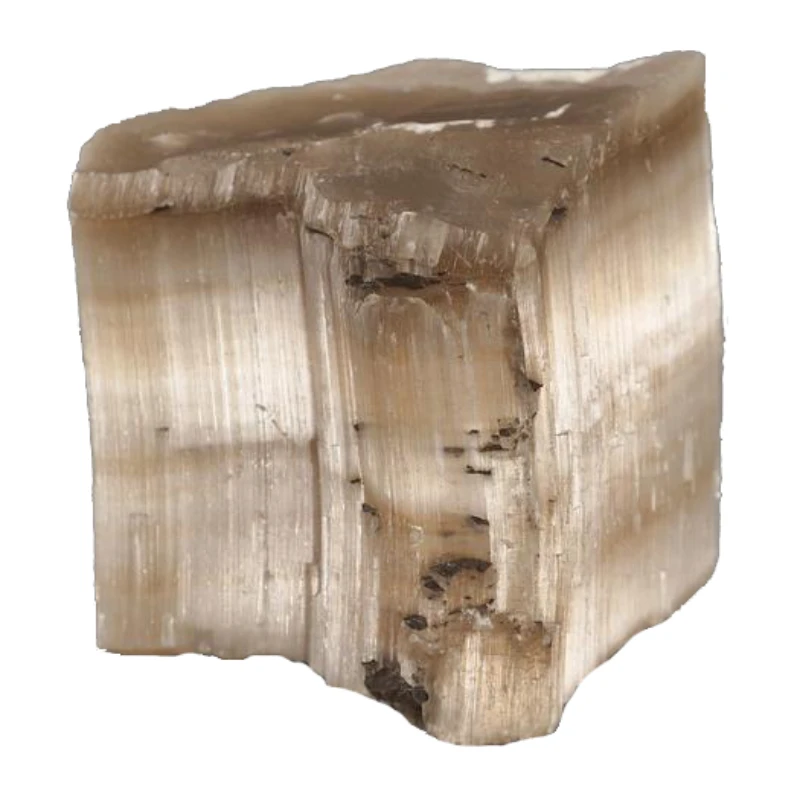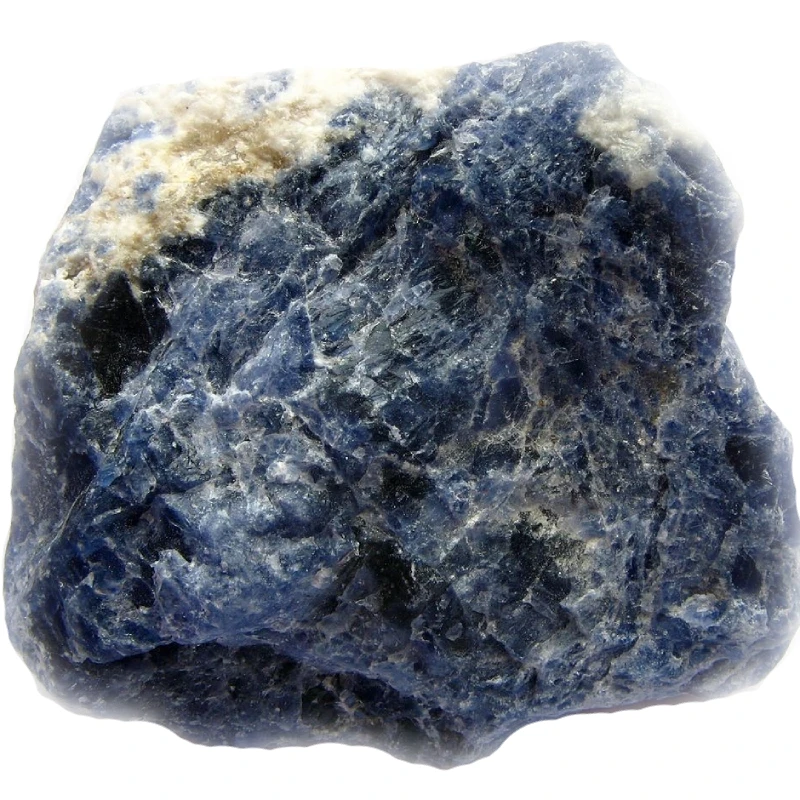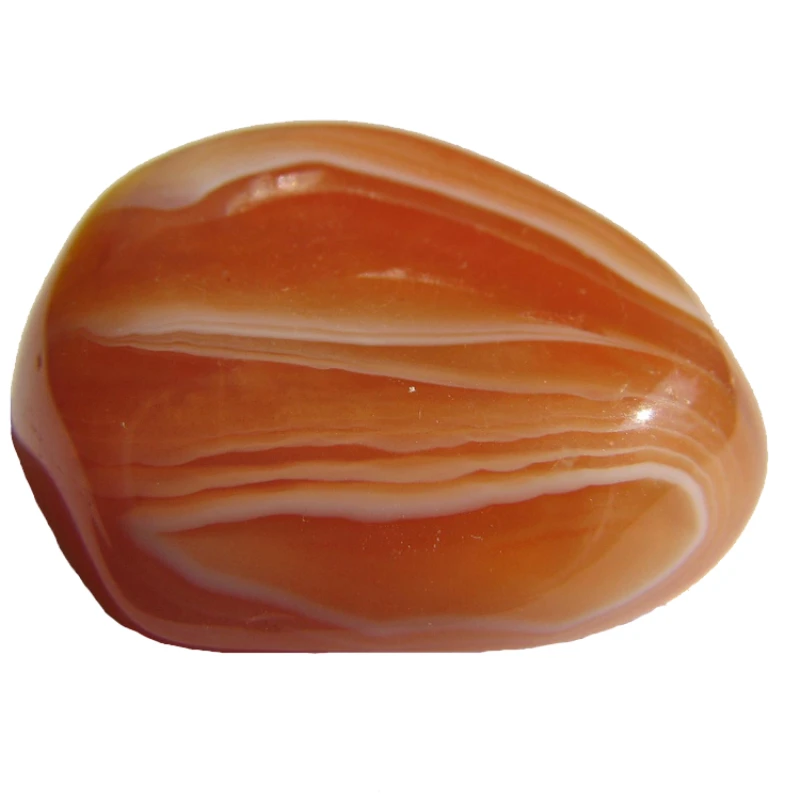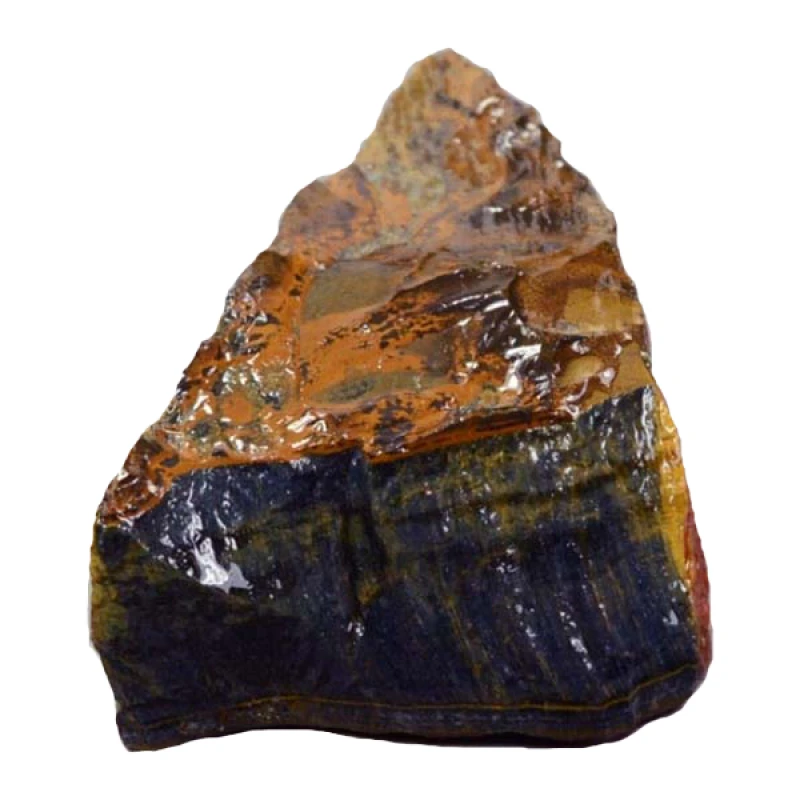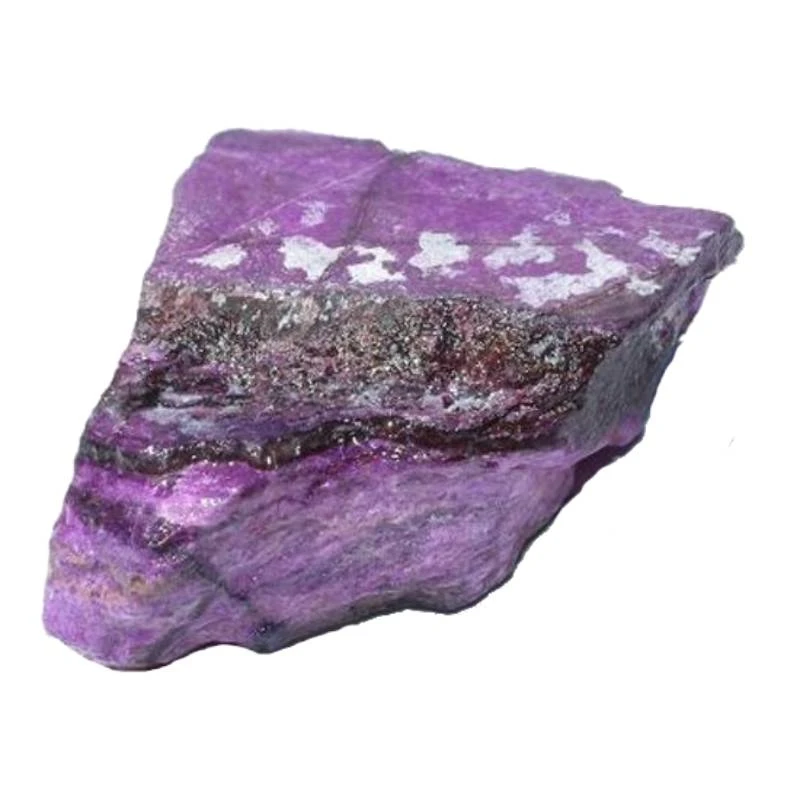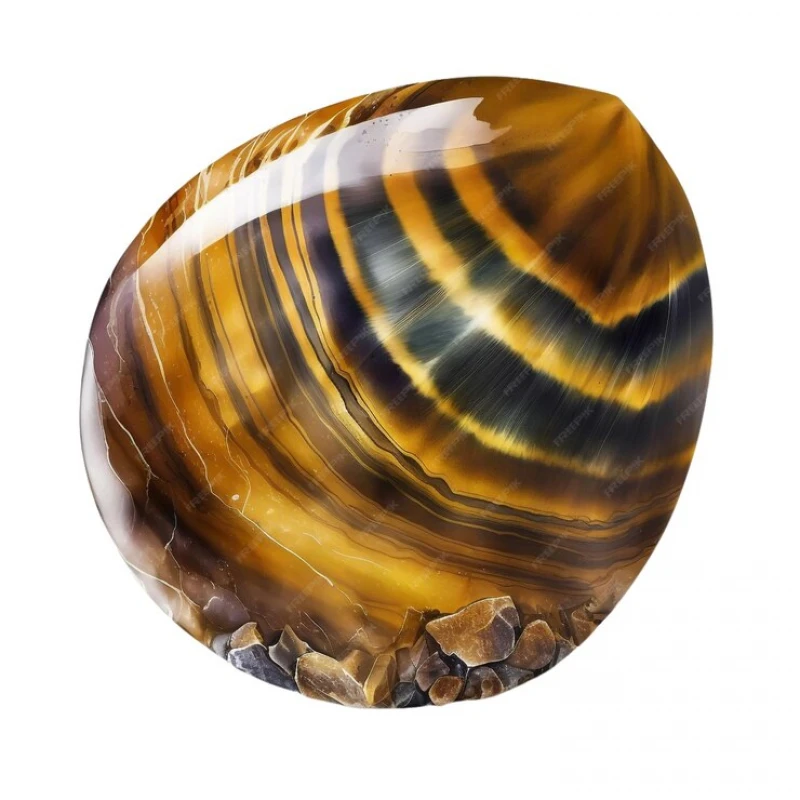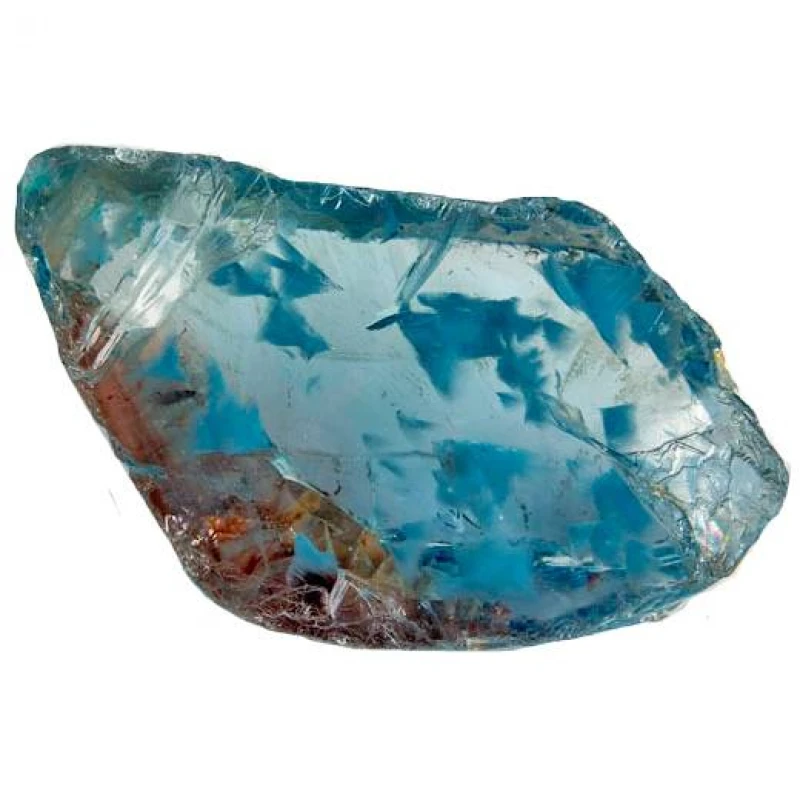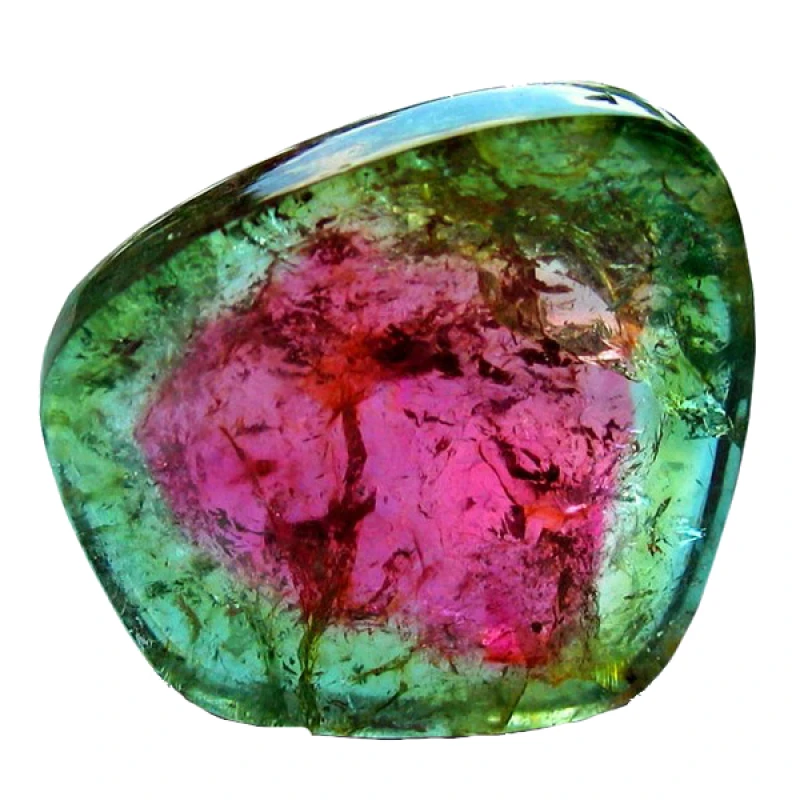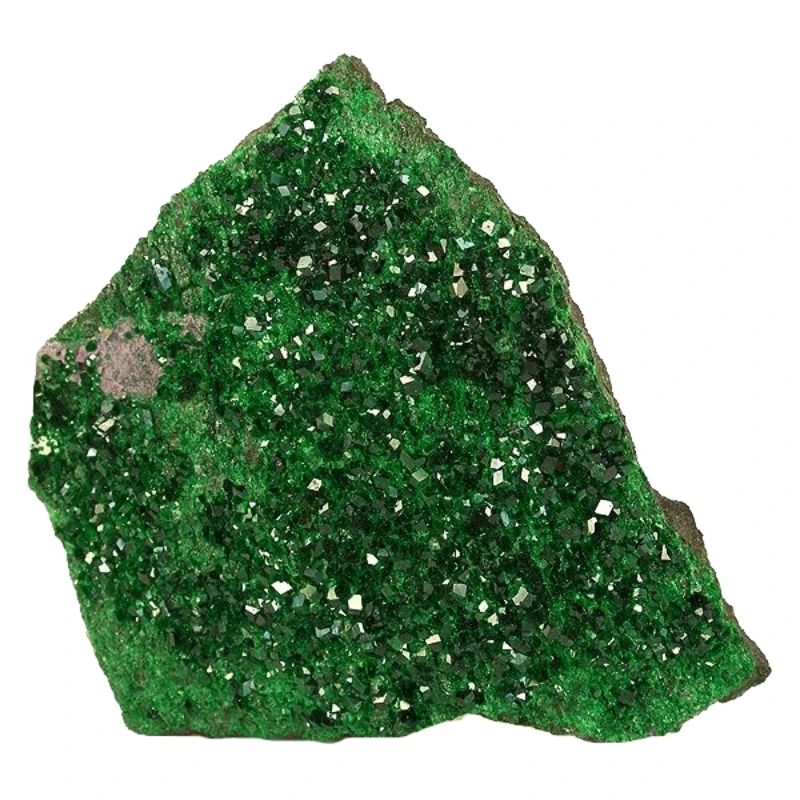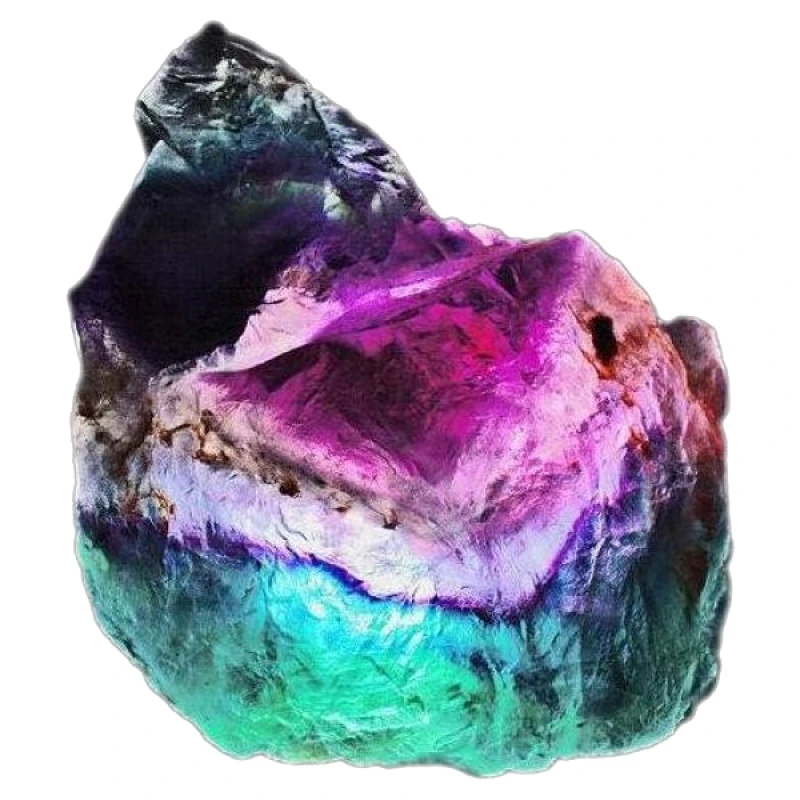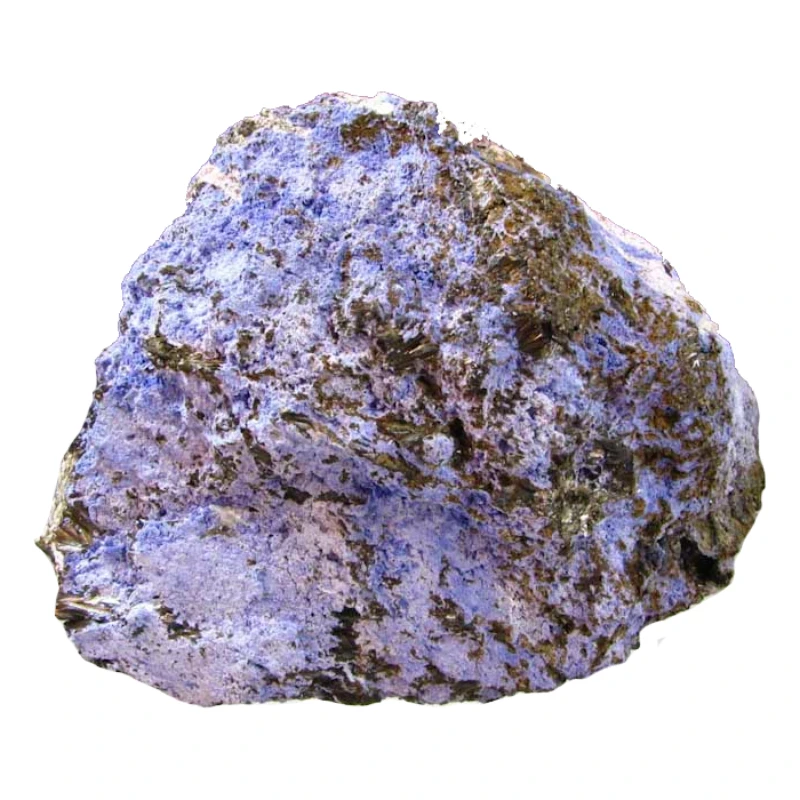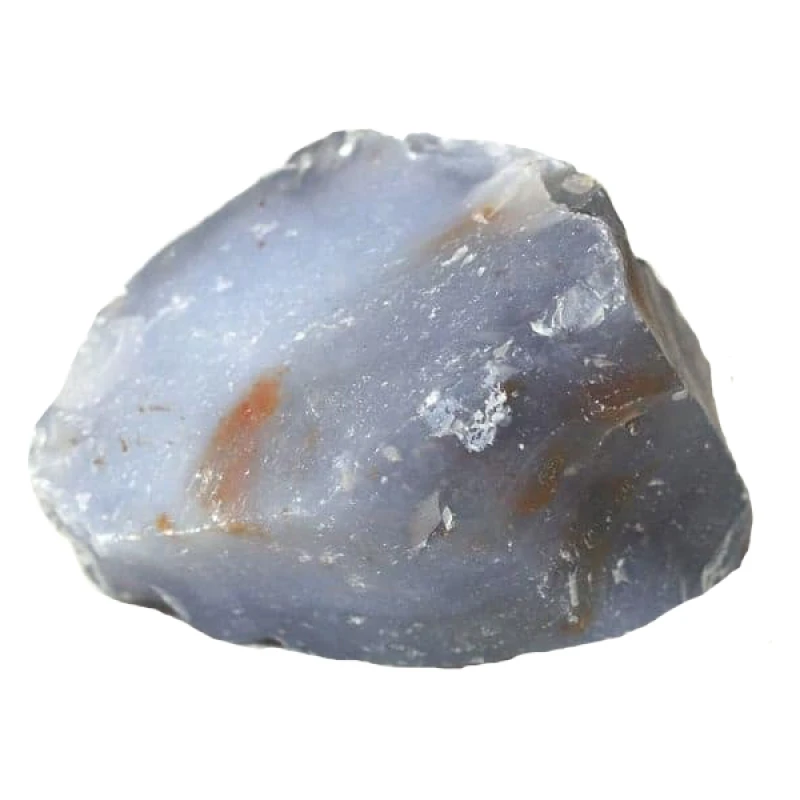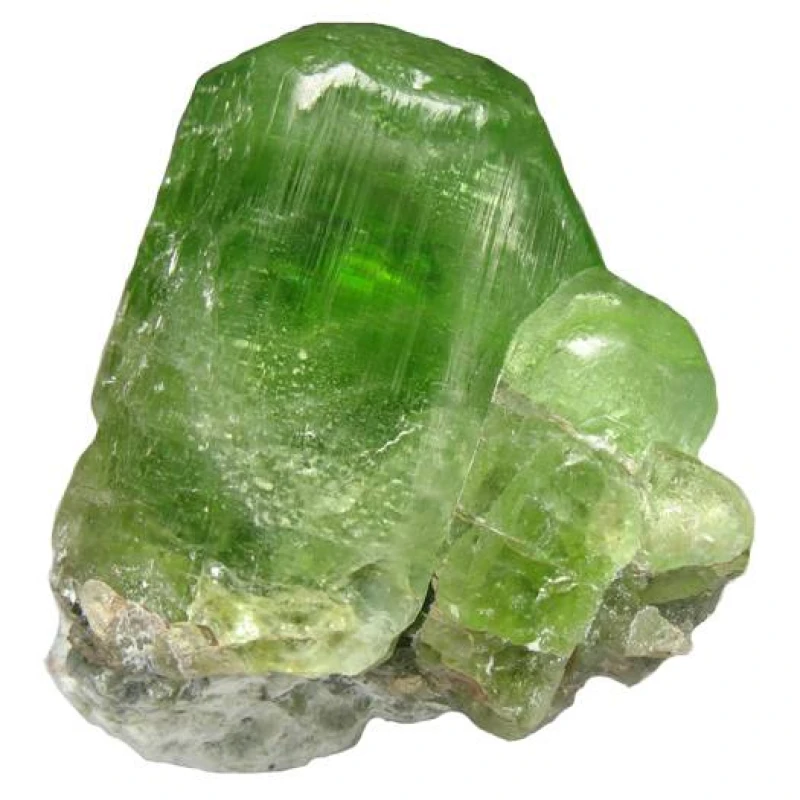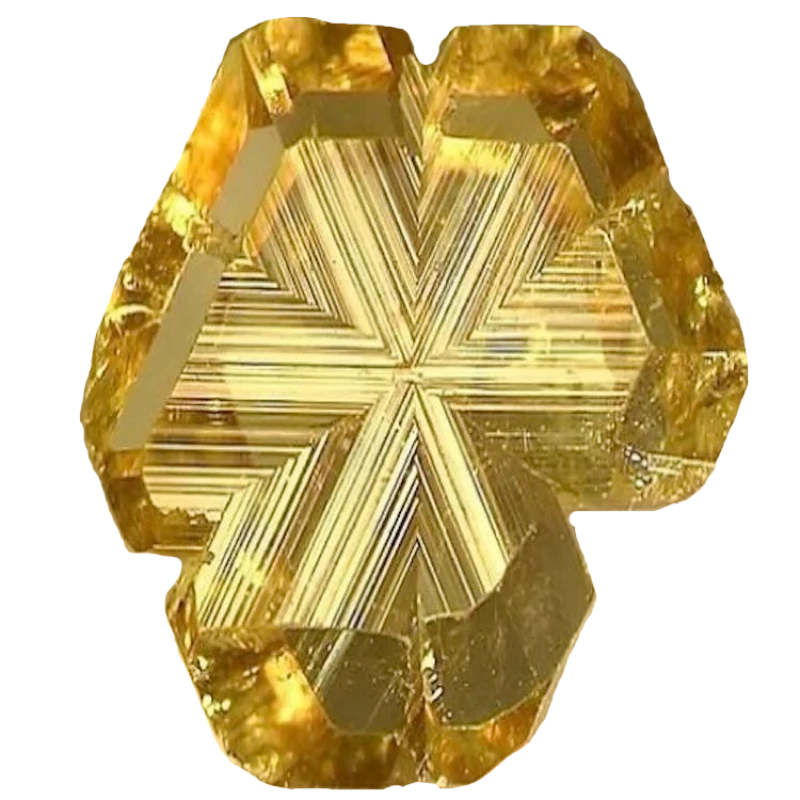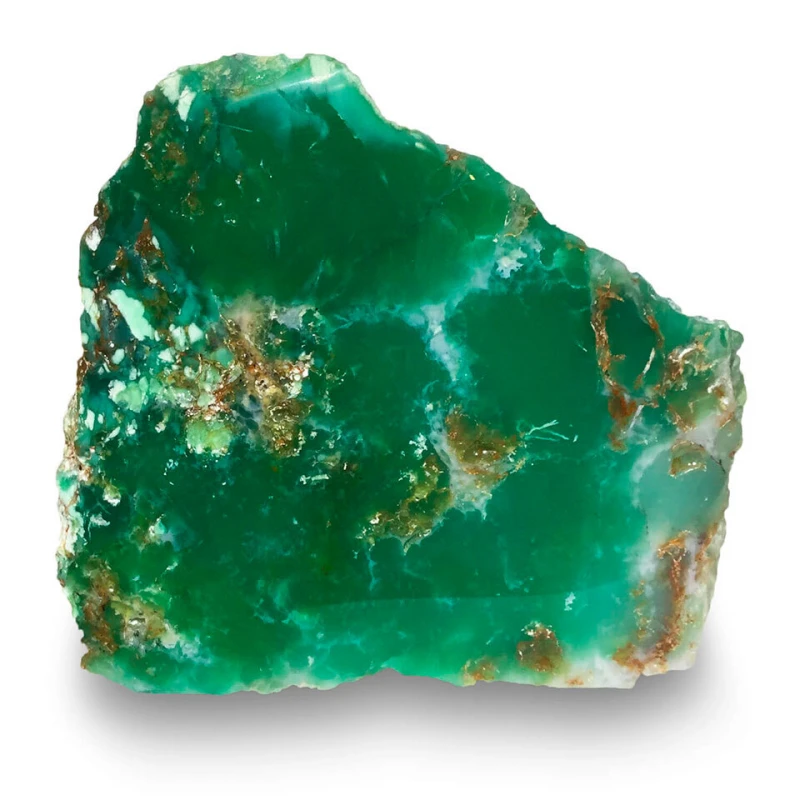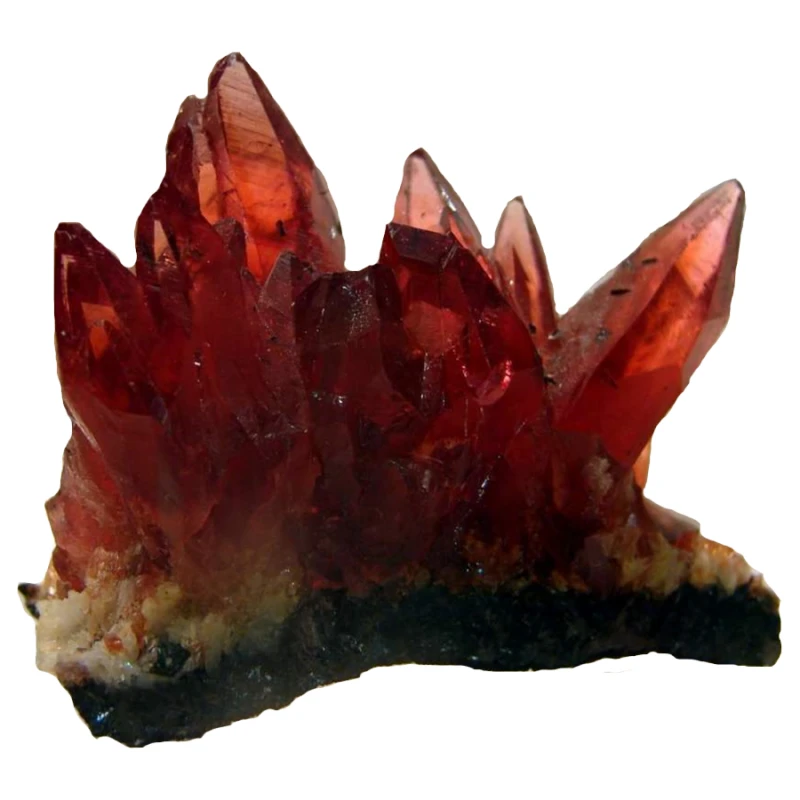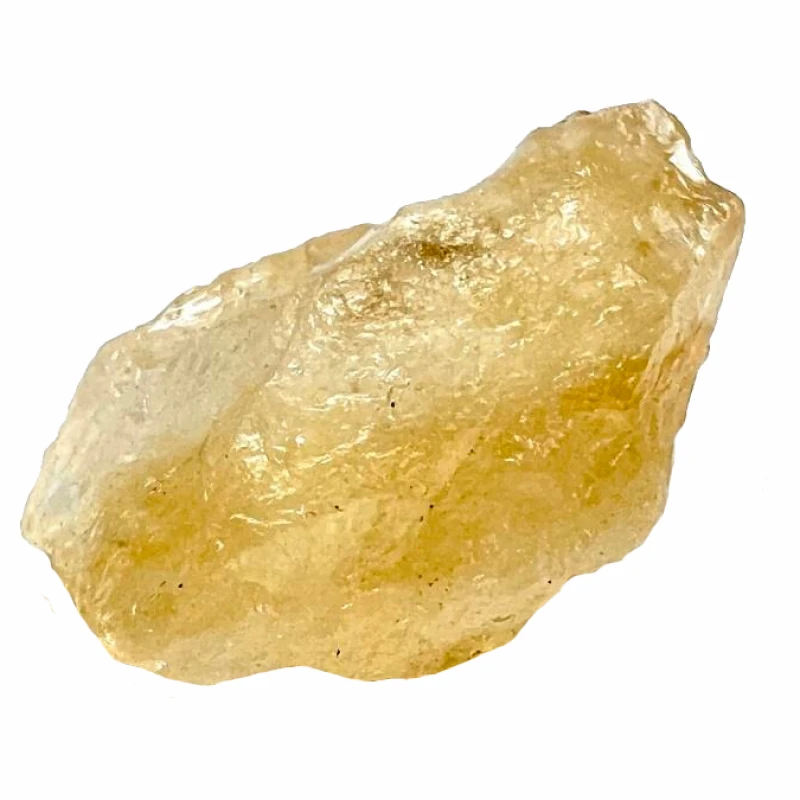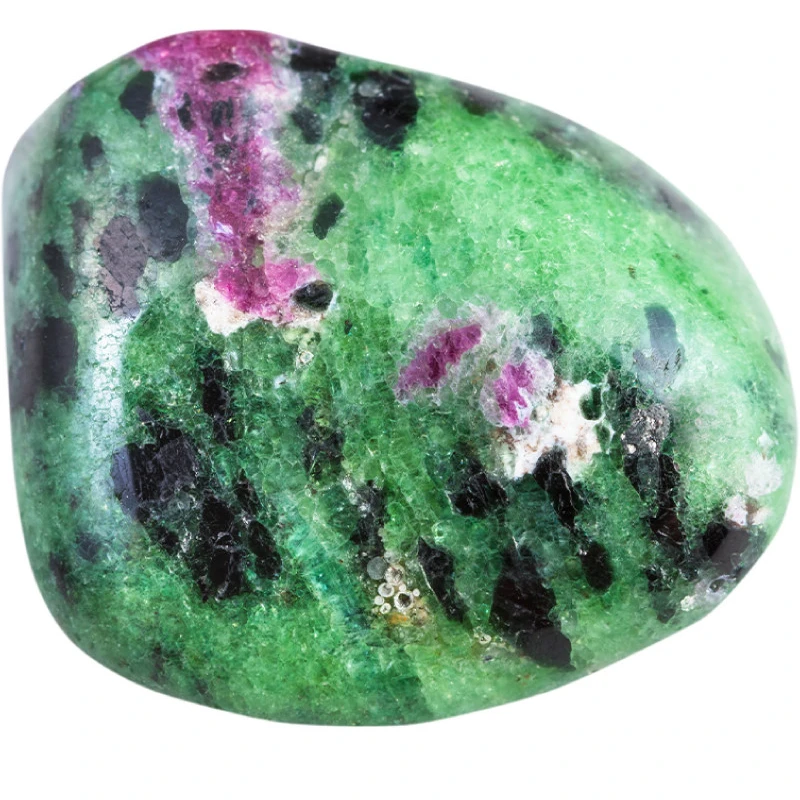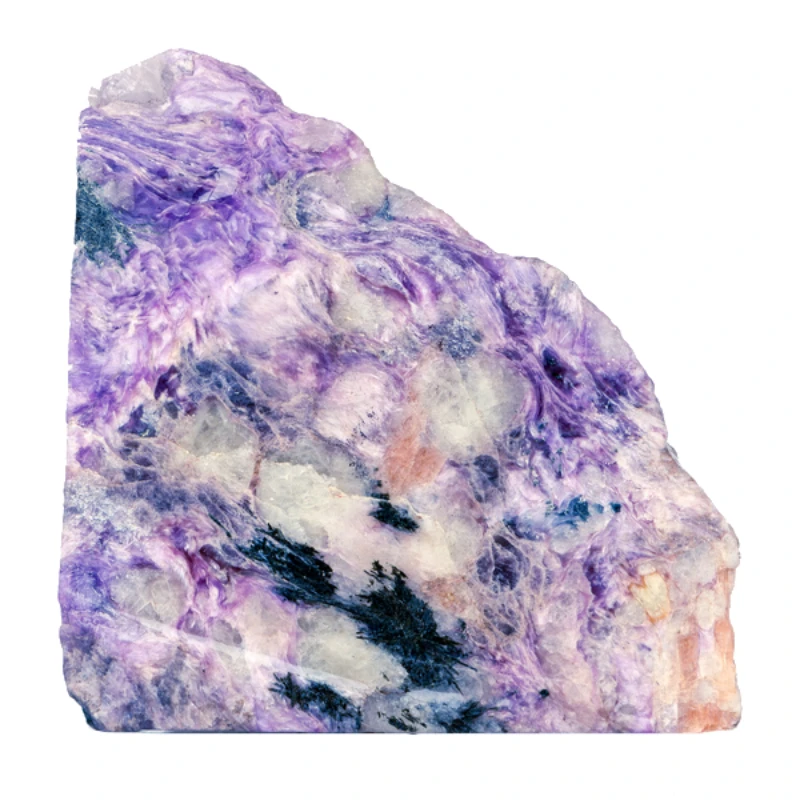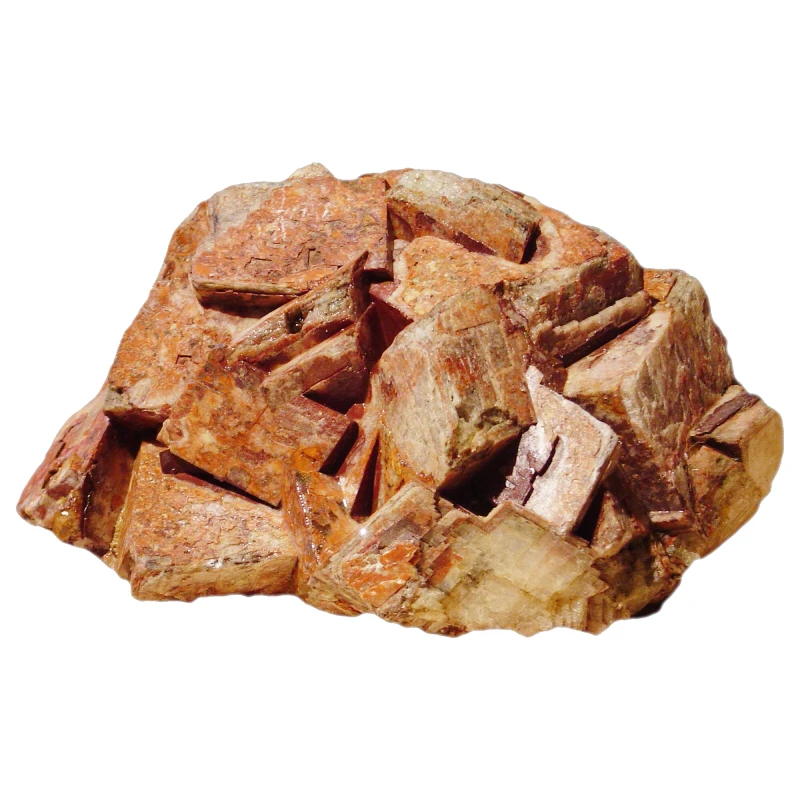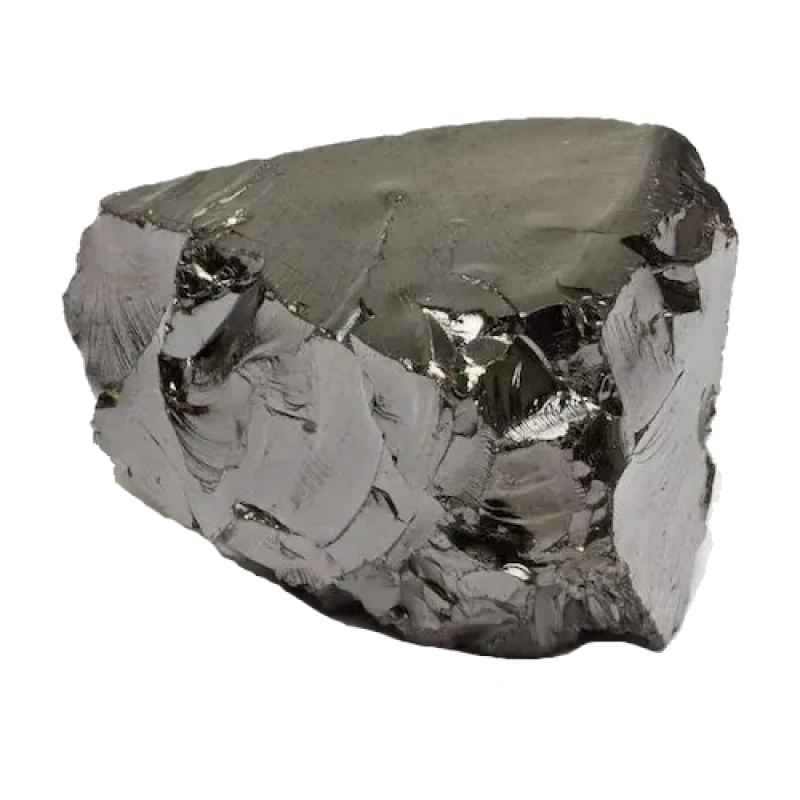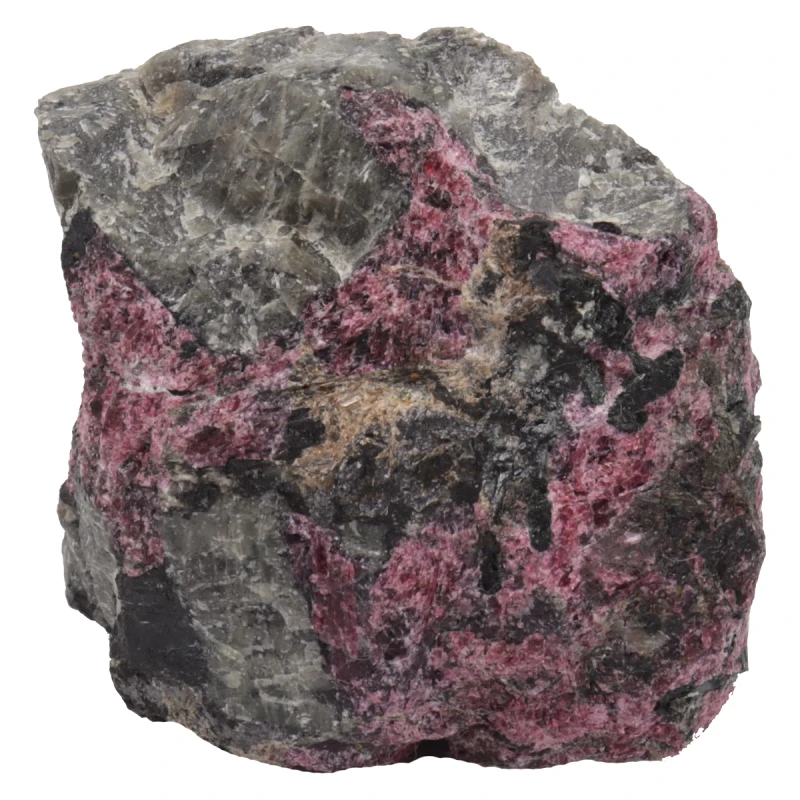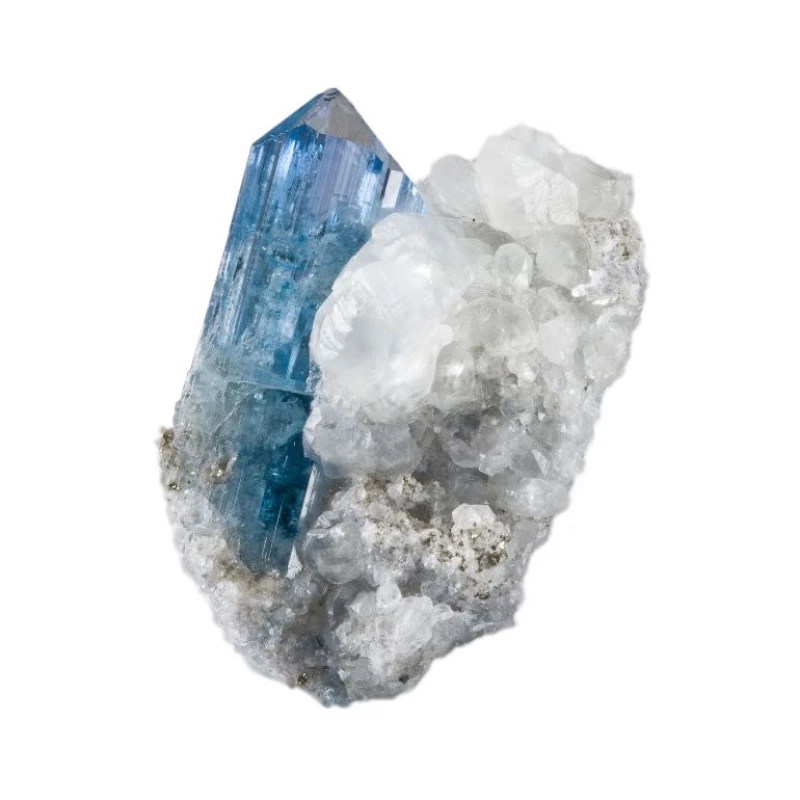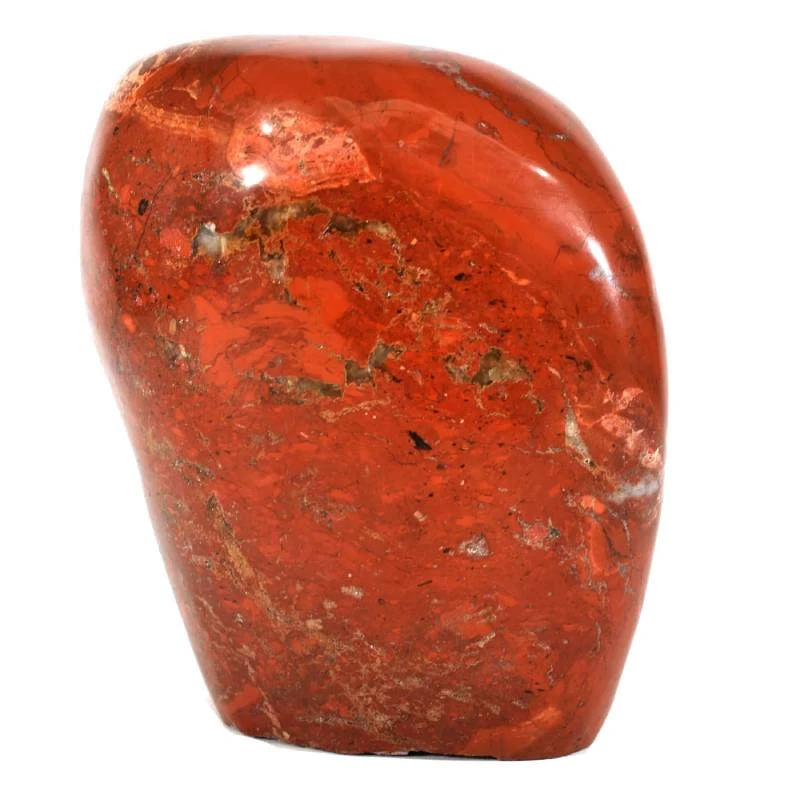Rose quartz
Stone History
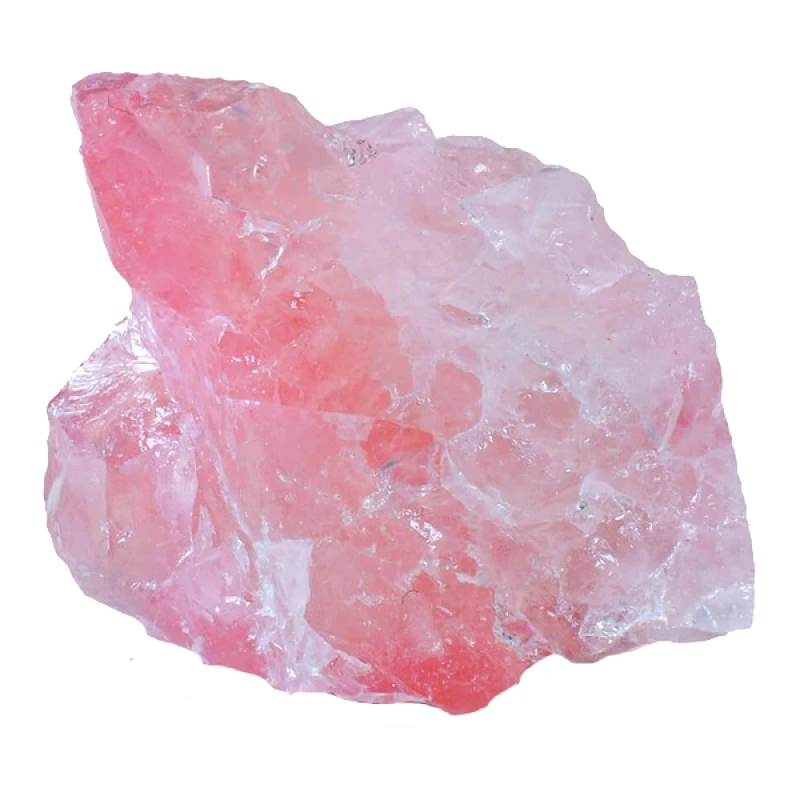
Rose quartz, also known as the "stone of love," has a rich and diverse history that spans numerous cultures and civilizations.
-
Ancient Egypt: Egyptians used rose quartz to create jewelry and amulets. They believed the stone had rejuvenating and healing properties. Rose quartz masks found in tombs were thought to preserve youth and beauty.
-
Ancient Greece and Rome: The Greeks and Romans valued rose quartz for its beauty, using it in jewelry, seals, and decorative items. In Greek mythology, rose quartz was linked to Aphrodite, the goddess of love.
-
Middle Ages: In medieval Europe, rose quartz was worn as a talisman for protection against evil and illness. It was also used in rituals to attract love and strengthen family bonds.
-
19th Century: During the Victorian era, rose quartz became fashionable among the nobility and middle class. It was often paired with other gemstones to highlight its soft color.
-
Modern Times: Today, rose quartz is still popular in jewelry and alternative medicine. It’s commonly used in meditation and yoga to balance the heart chakra and attract love and harmony.
Zodiac
Rose quartz resonates particularly well with:
-
Taurus – Brings inner peace, emotional harmony, and supports loving relationships.
-
Libra – Ruled by Venus, Libras benefit from the stone’s ability to foster compassion and harmony in partnerships.
-
Cancer – Helps soothe emotional wounds and strengthen familial and romantic bonds.
Although especially helpful for these signs, rose quartz is considered a universal love stone beneficial for all zodiac signs.
Element
Rose quartz is associated with the Water element, symbolizing emotion, intuition, sensitivity, and healing.
Planet
Rose quartz is ruled by the planet Venus, which governs love, beauty, harmony, and creativity.
Colors
Rose quartz comes in a range of pink hues:
-
Light Pink – Almost translucent, representing tenderness and softness.
-
Pink – The classic shade most commonly seen in jewelry.
-
Deep Pink – Rare and prized for its intensity.
Some stones may show hints of violet or peach due to mineral inclusions.
Chakra
Rose quartz is strongly connected to the Heart Chakra (Anahata), located in the center of the chest and linked to love, compassion, and emotional healing.
It can be used during meditation, worn as jewelry, or placed on the heart area to balance and activate this chakra.
Magical Properties
Rose quartz is widely known for its spiritual benefits:
-
Attracting love – Draws in romantic, platonic, and self-love.
-
Strengthening relationships – Enhances empathy, harmony, and mutual understanding.
-
Healing emotional wounds – Releases pain, sorrow, and past trauma.
-
Reducing stress and anxiety – Brings peace and emotional calm.
-
Promoting self-love – Encourages self-acceptance and confidence.
-
Building confidence – Supports personal growth and self-worth.
-
Opening the heart – Stimulates the capacity for unconditional love.
-
Enhancing compassion and empathy – Increases sensitivity to others.
-
Creating harmonious space – Brings peace to homes and workplaces.
-
Protection from negativity – Acts as a shield against emotional exhaustion.
Healing Properties
Rose quartz has many therapeutic uses in holistic and alternative healing:
-
Heart health – Supports the cardiovascular system and circulation.
-
Skin and rejuvenation – Used in skincare tools (like rollers) to improve tone, reduce puffiness, and boost collagen.
-
Respiratory support – May assist with asthma, allergies, and breathing difficulties.
-
Stress relief – Calms the nervous system and promotes emotional balance.
Mining Locations
Major sources of rose quartz include:
-
Brazil – One of the largest producers, known for high-quality stones.
-
Madagascar – Famous for deeply colored specimens.
-
USA – Found in South Dakota (Black Hills), Colorado, and Maine.
-
South Africa – Important source of various quartz minerals.
-
India – Rose quartz is carved and used extensively in jewelry.
-
Russia – Especially from the Ural Mountains, known for mineral diversity.
-
Namibia – Supplies fine rose quartz alongside other gems.
-
Kazakhstan – Produces quality stones found with other semi-precious minerals.
Other articles in this section
